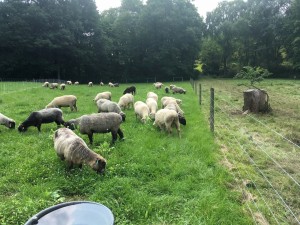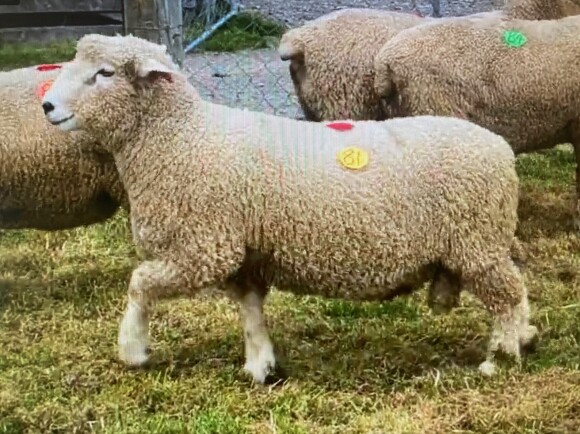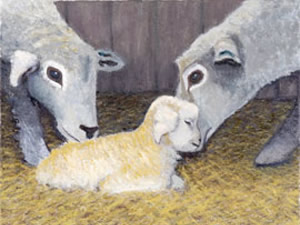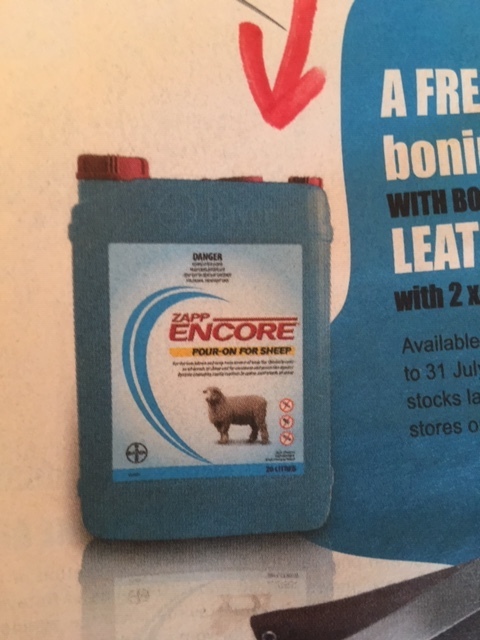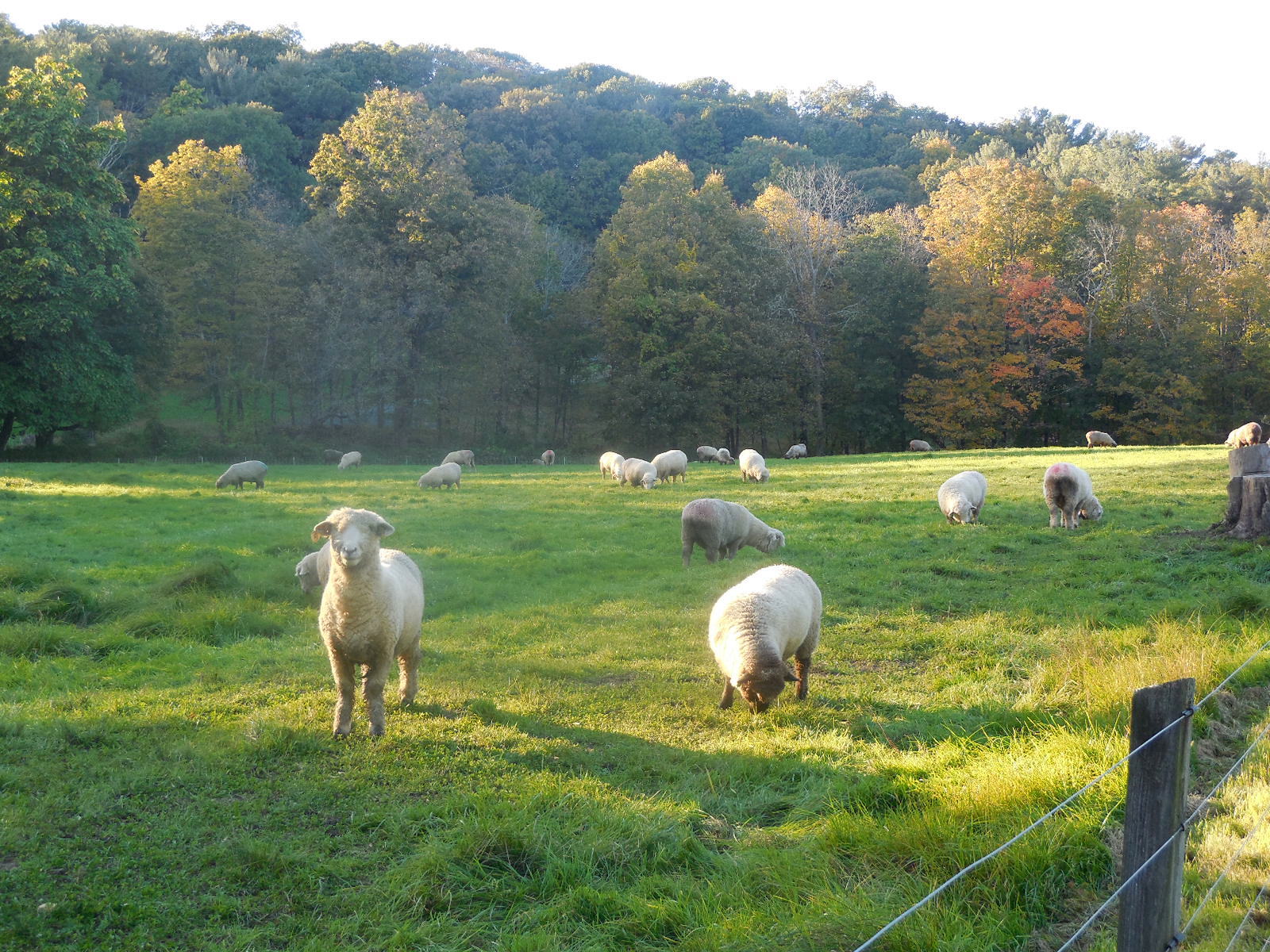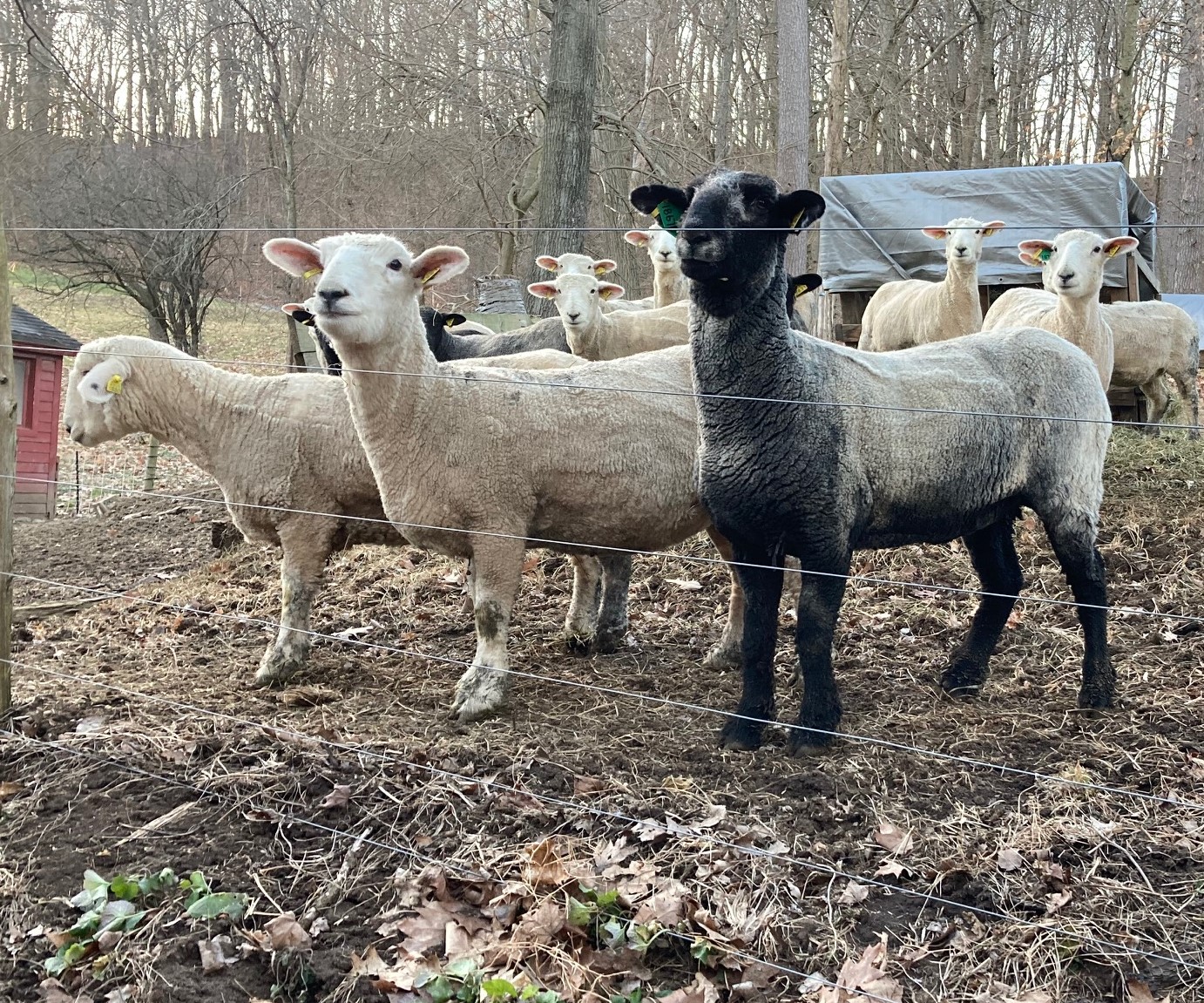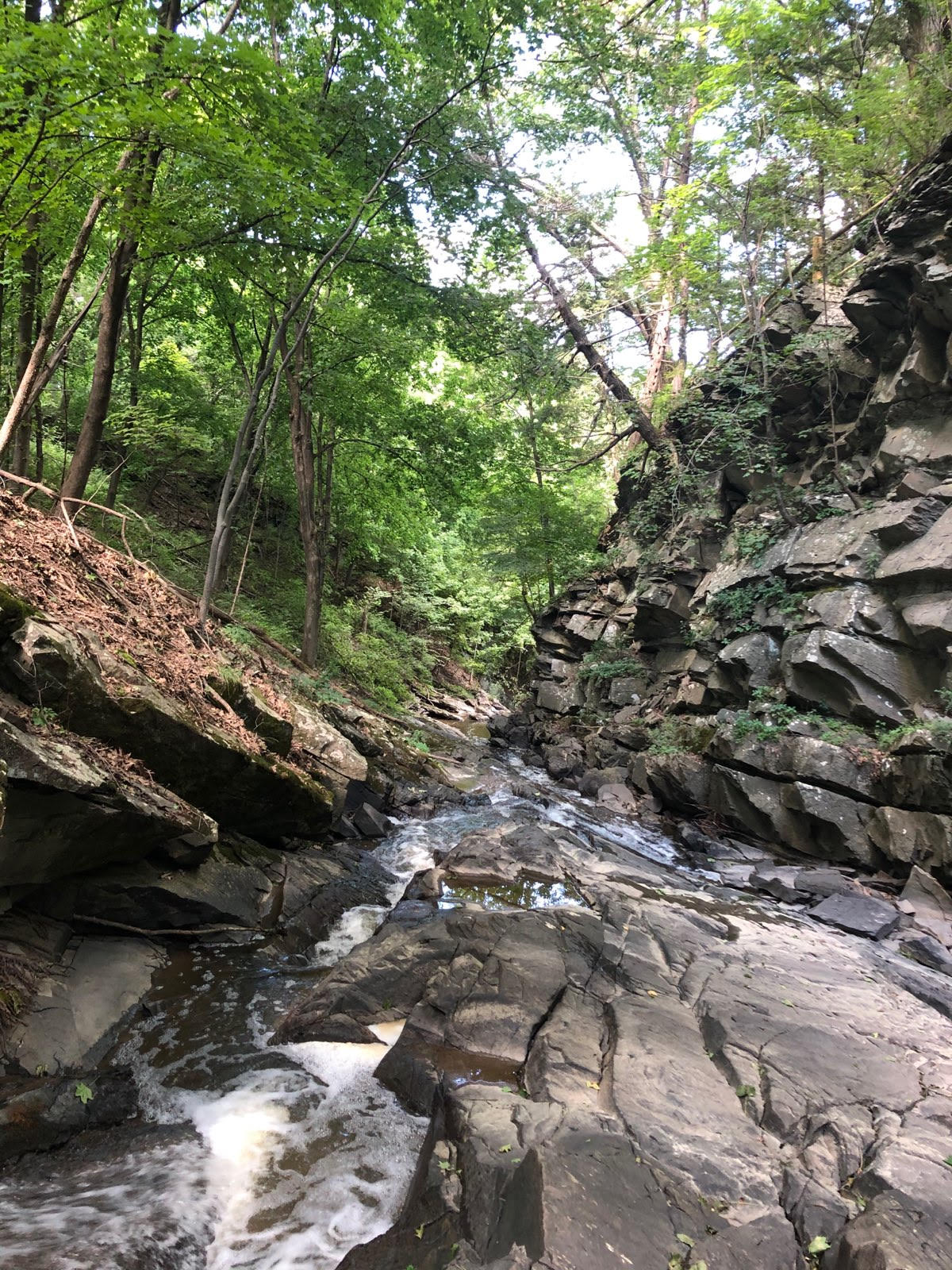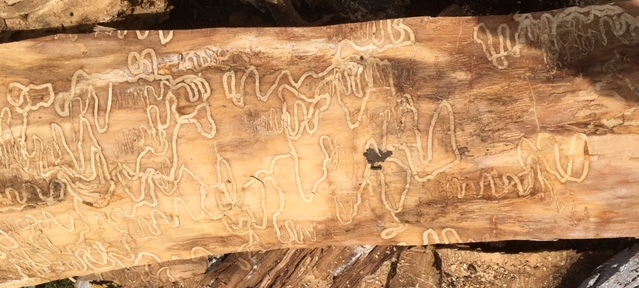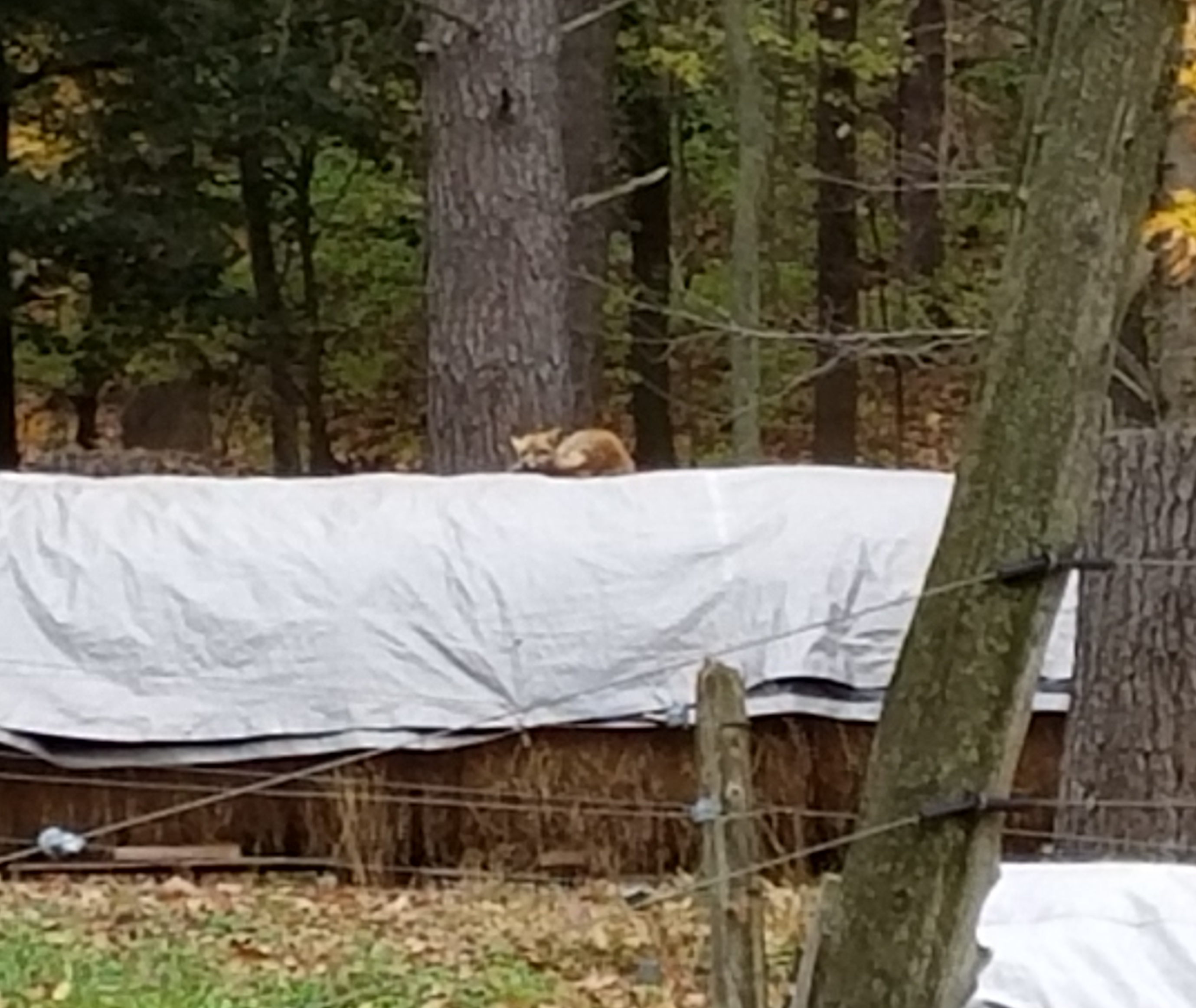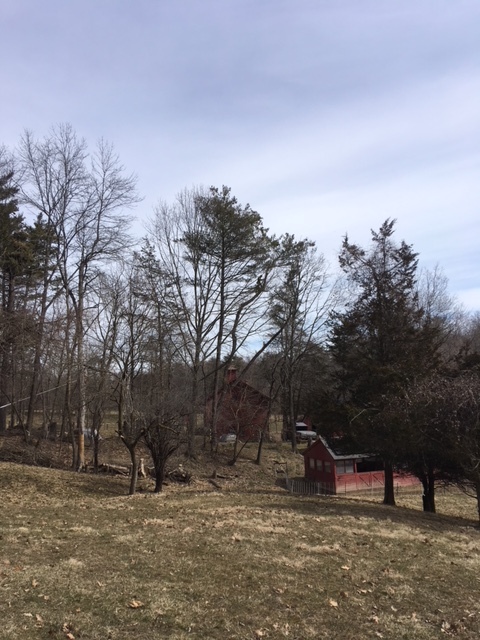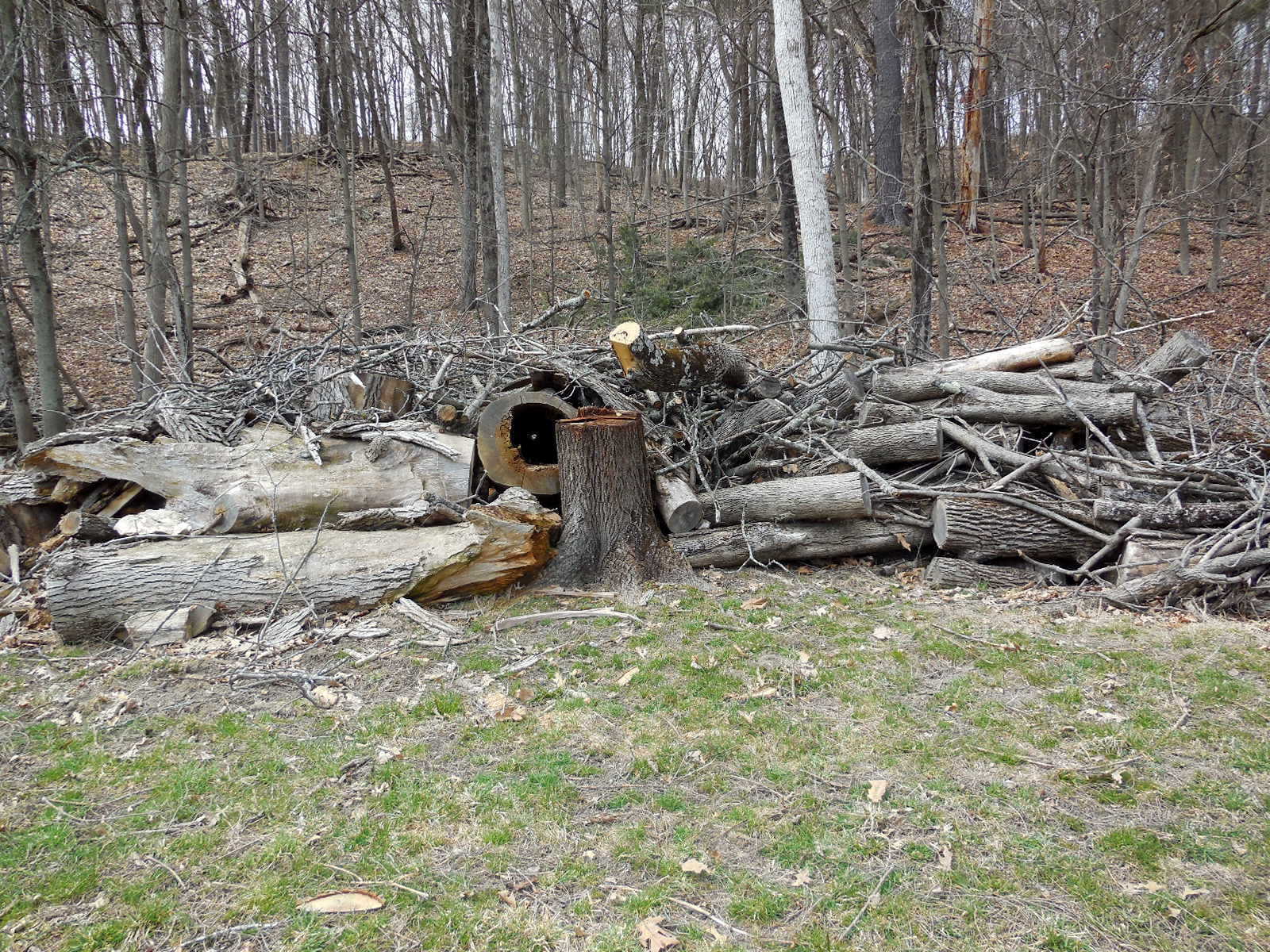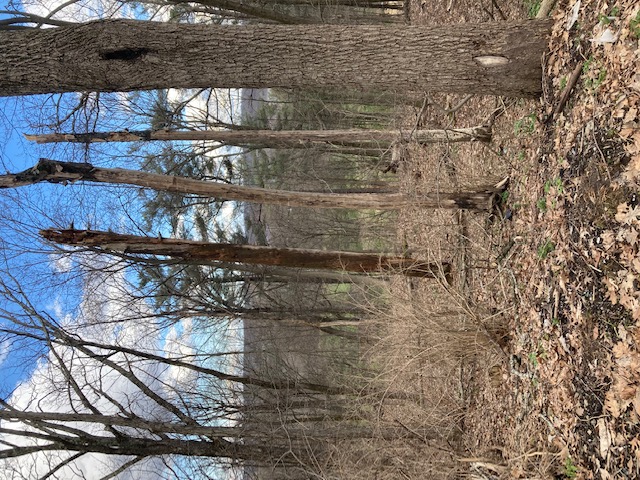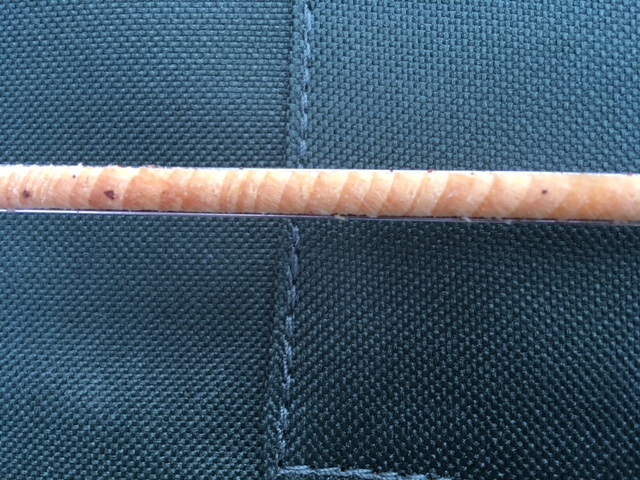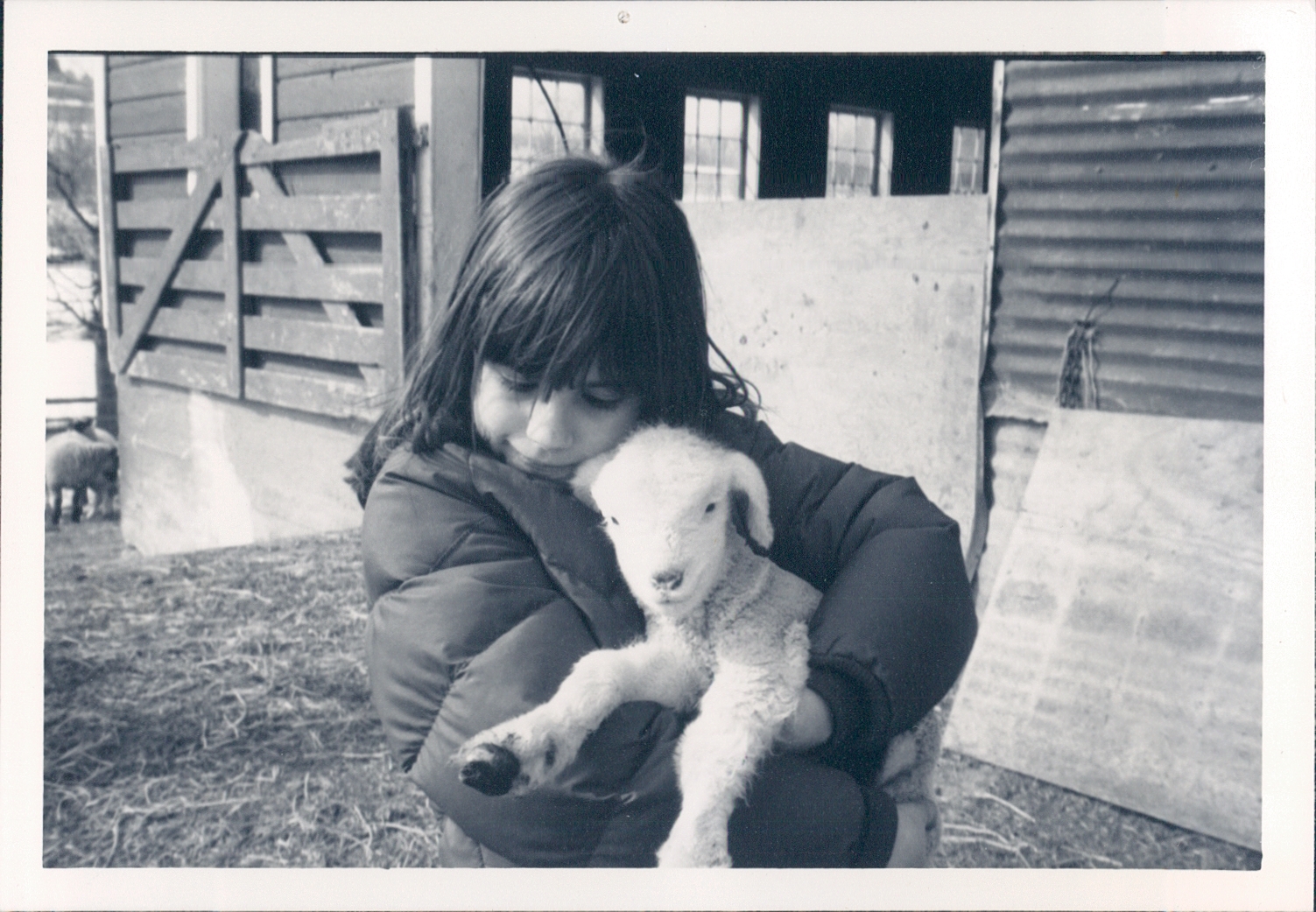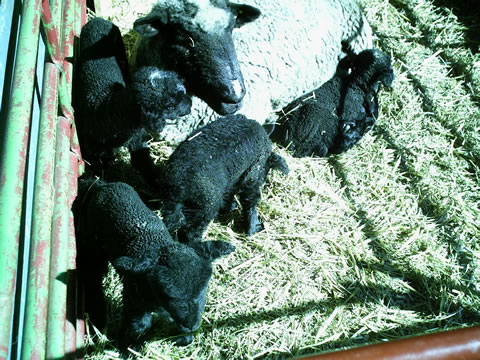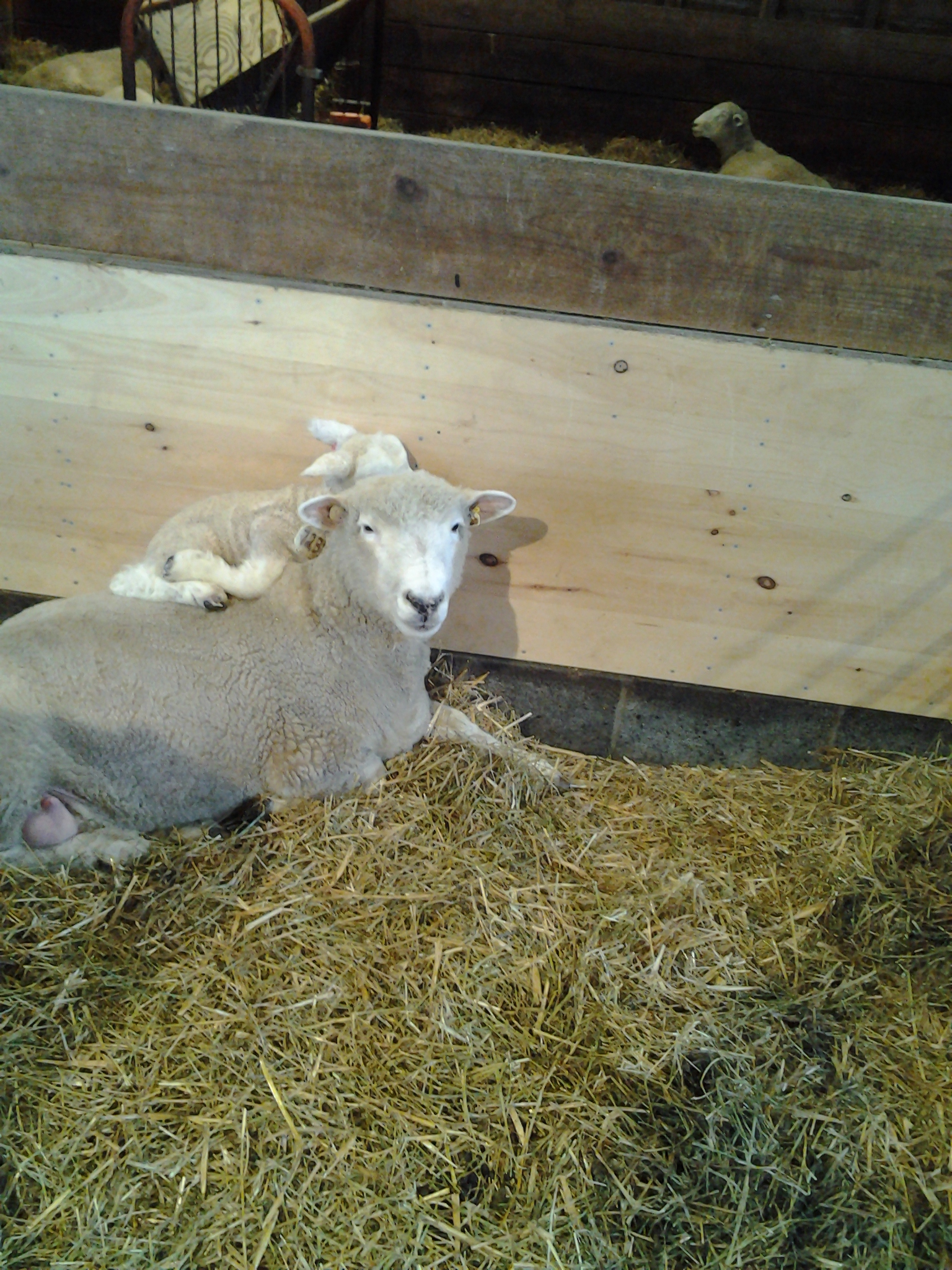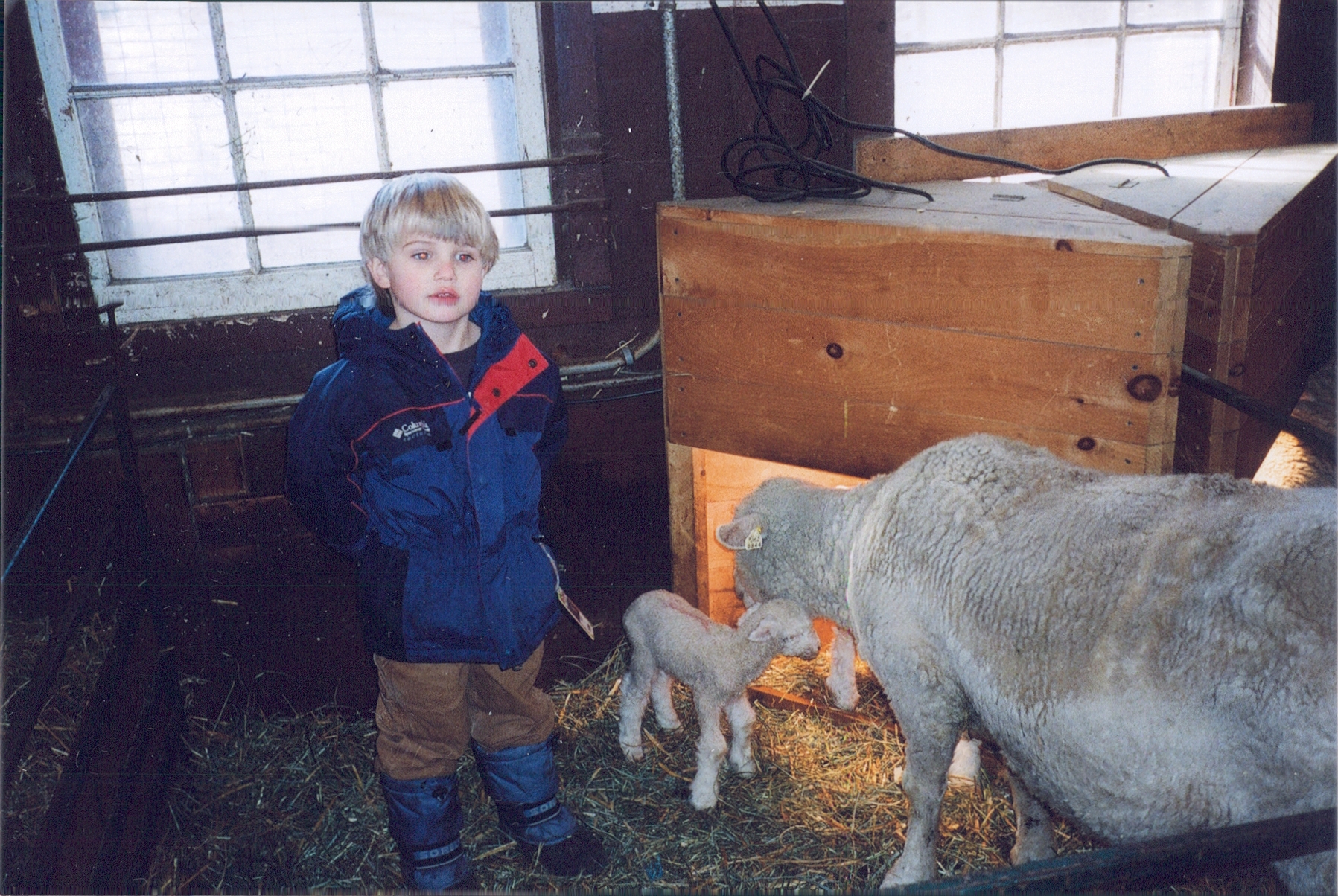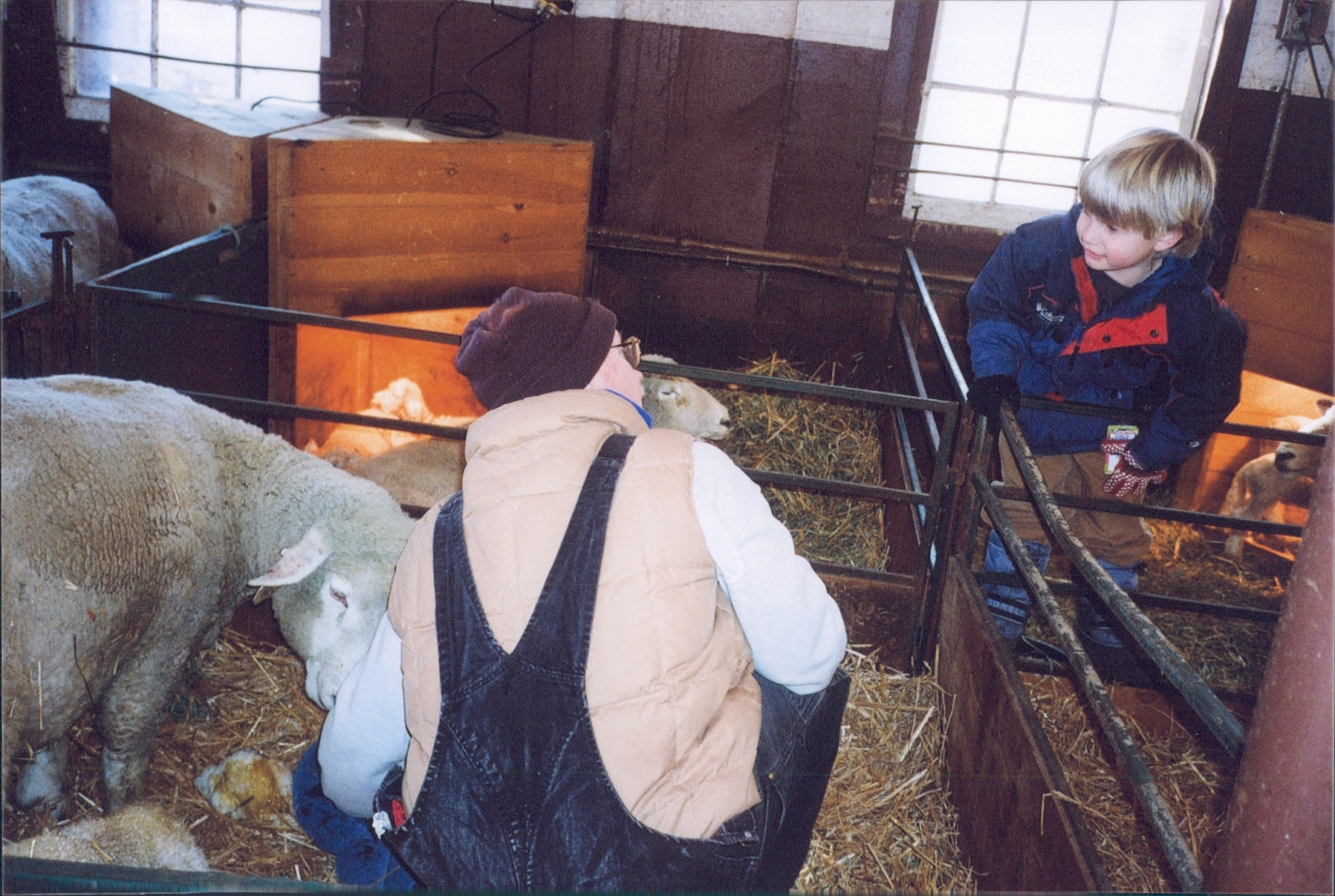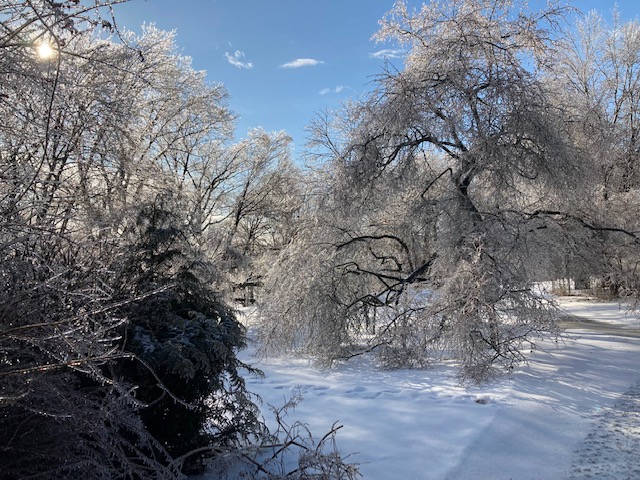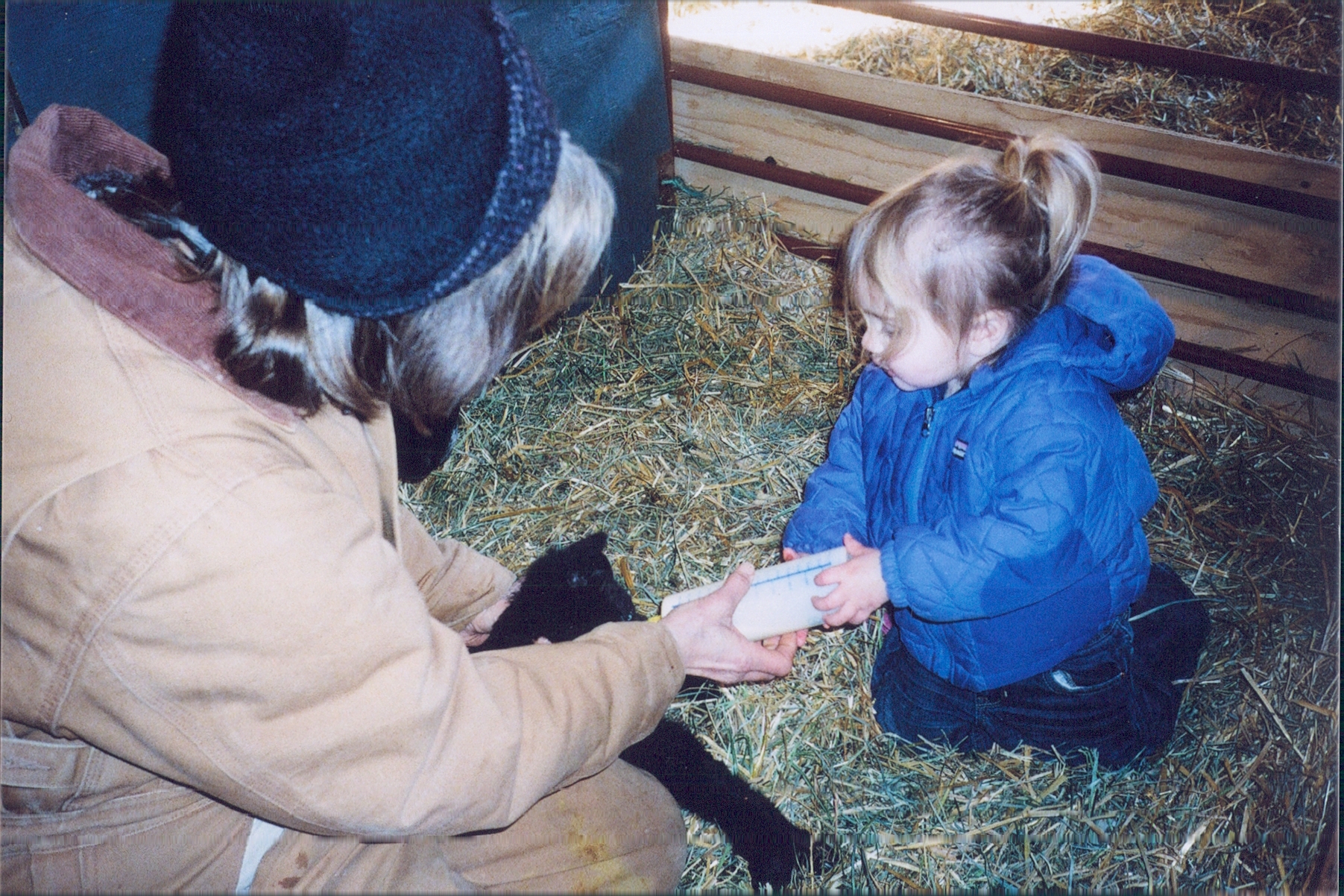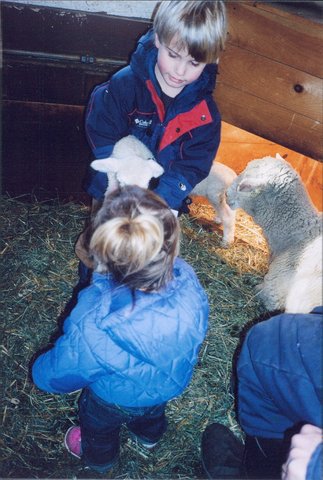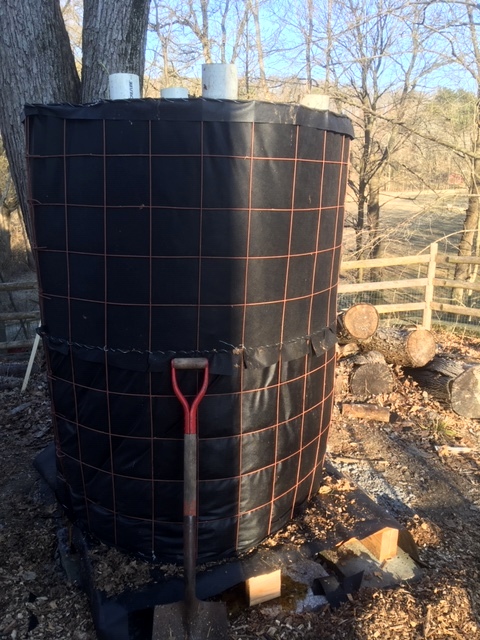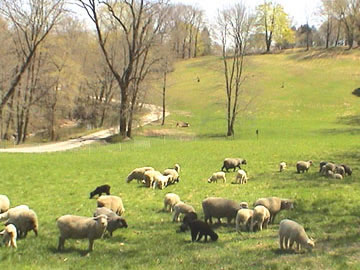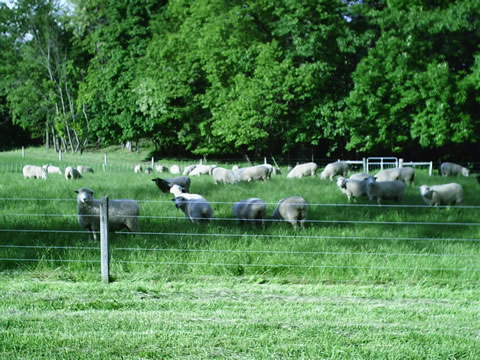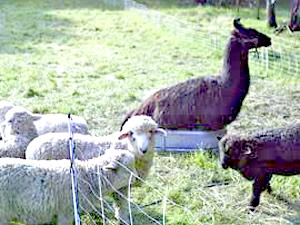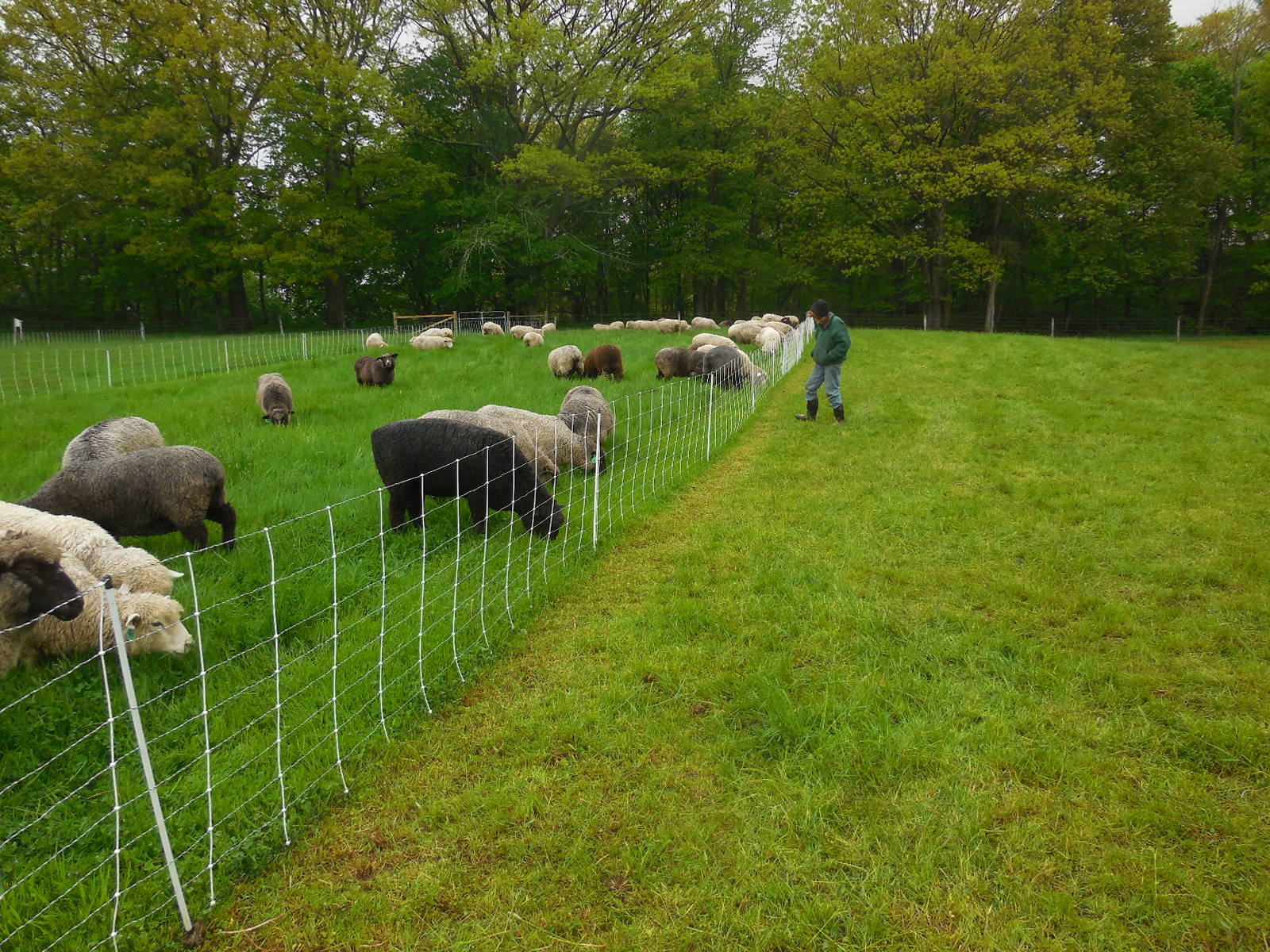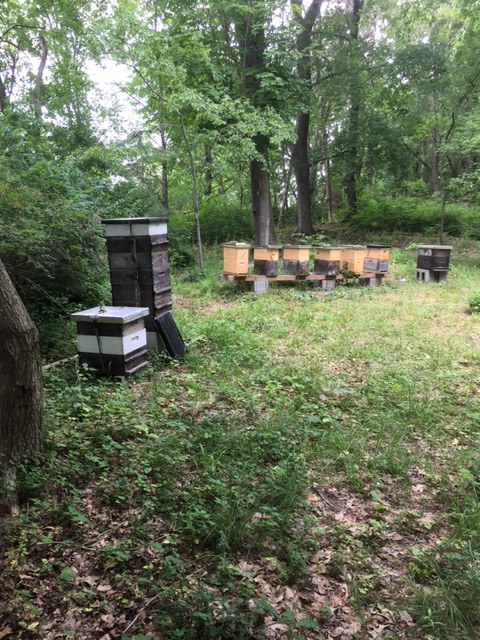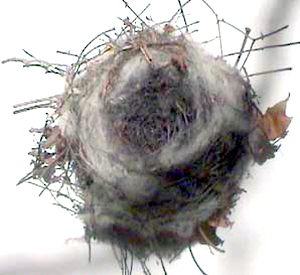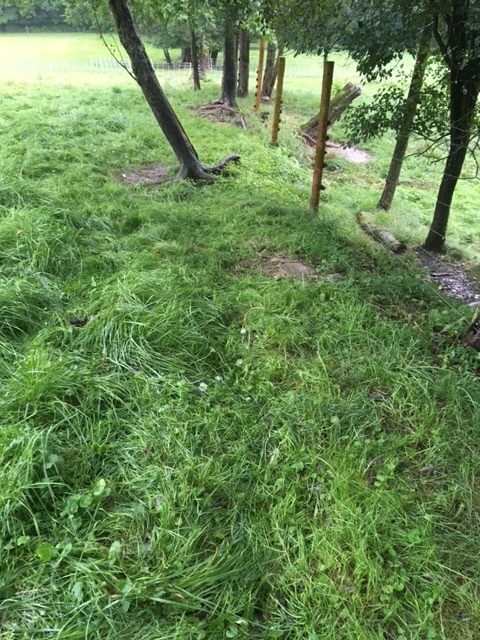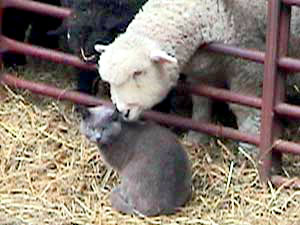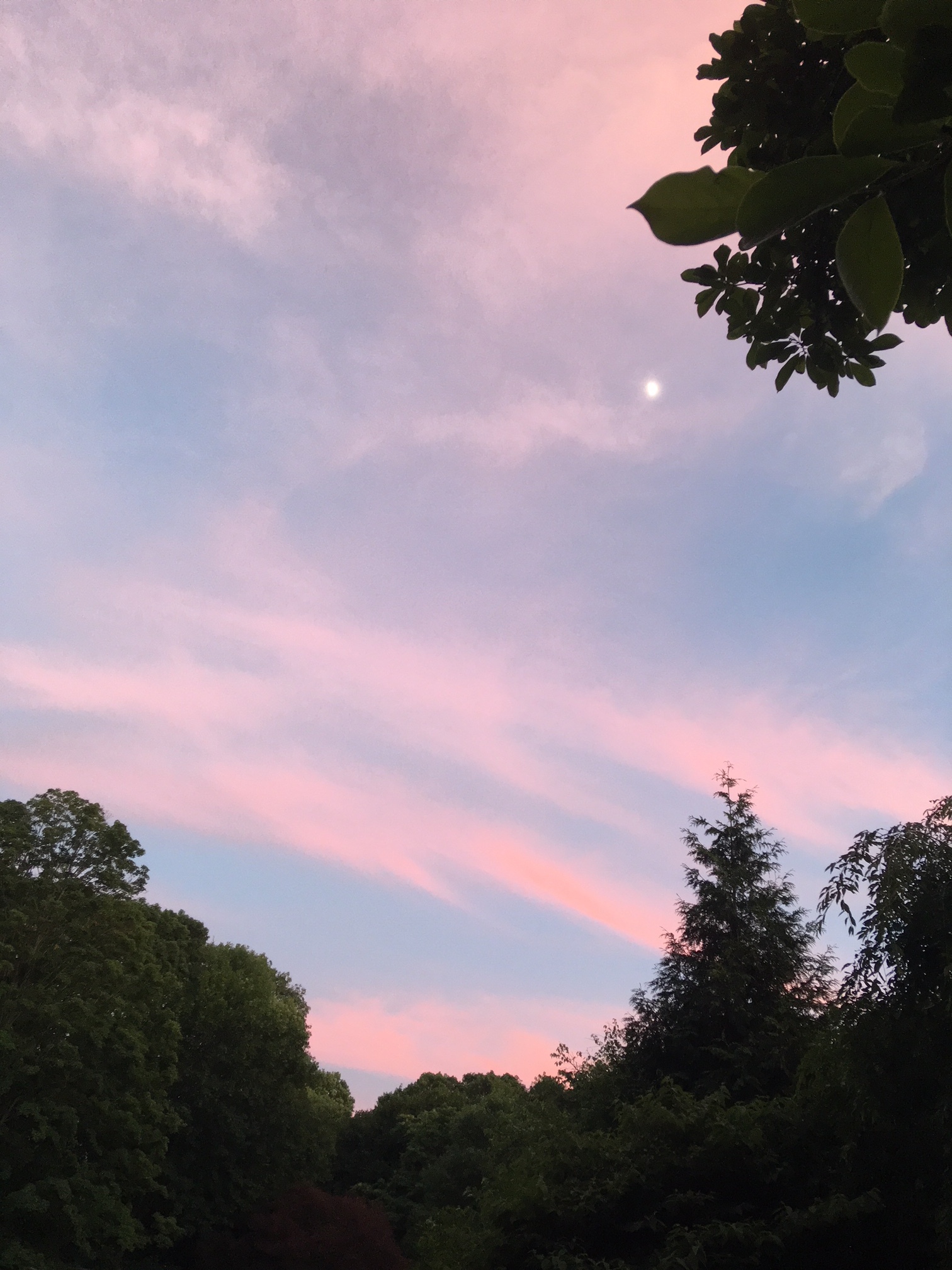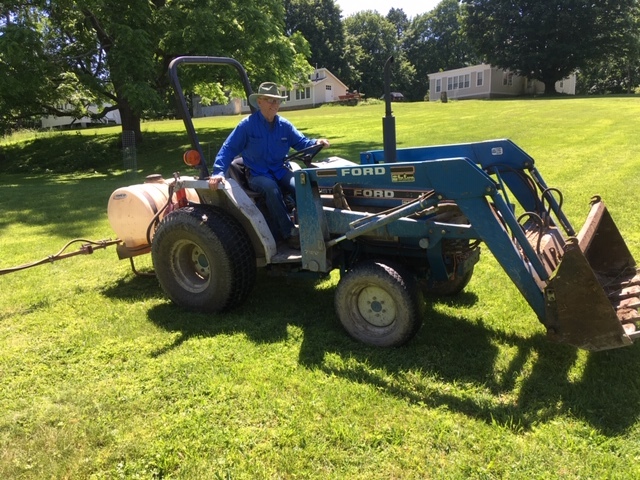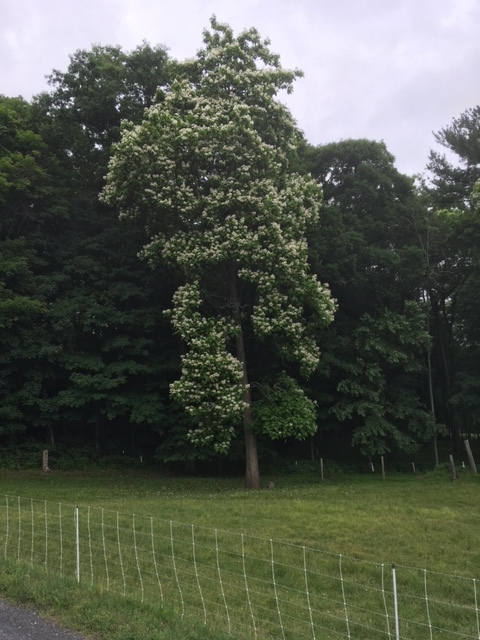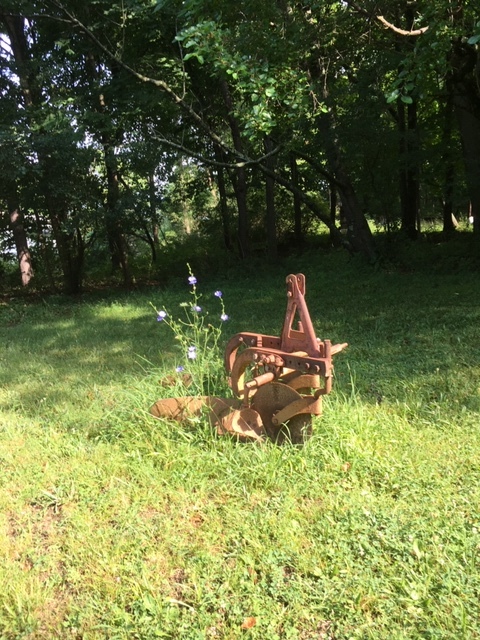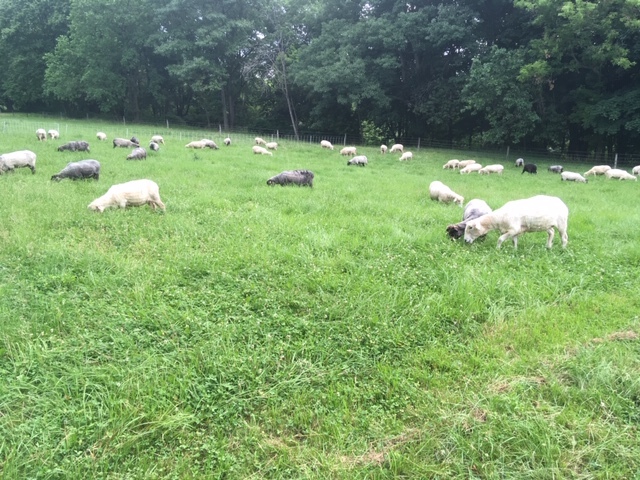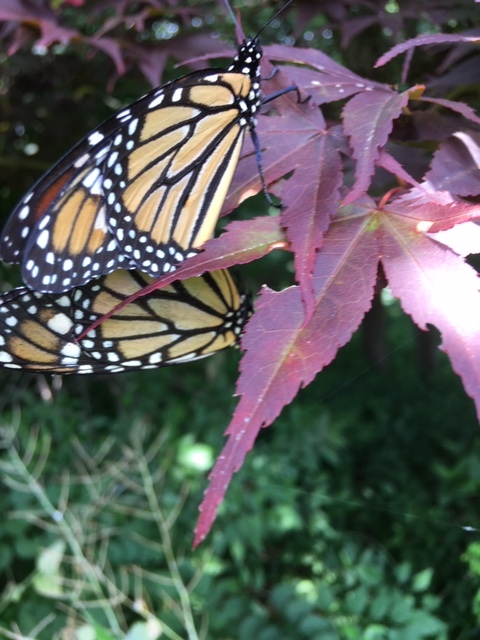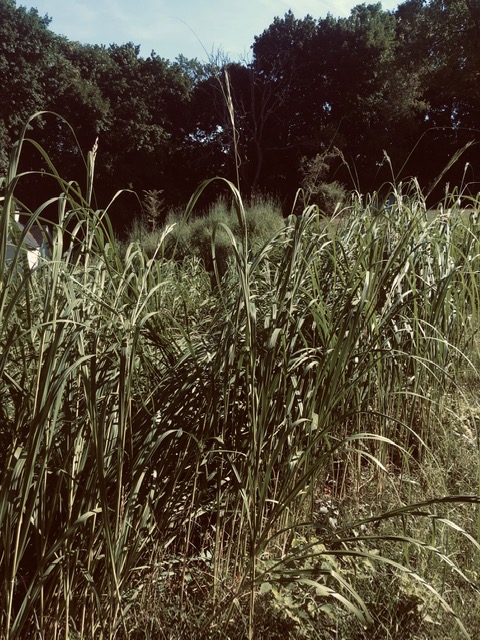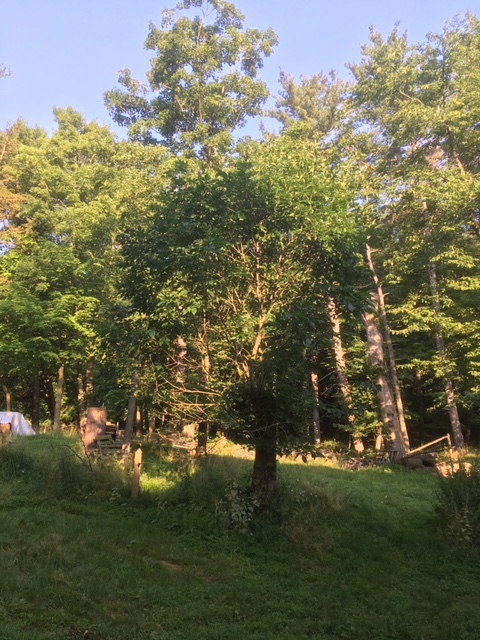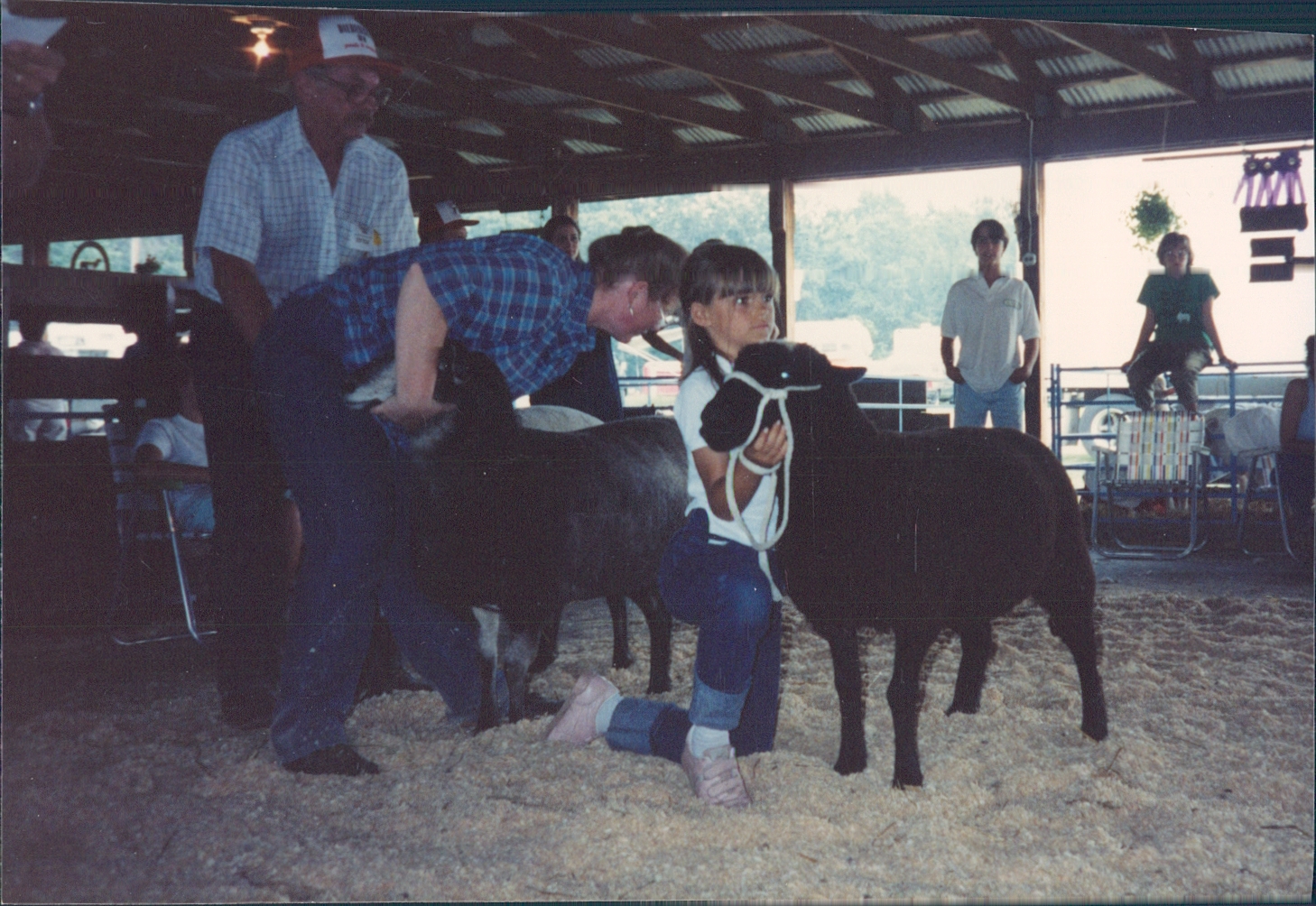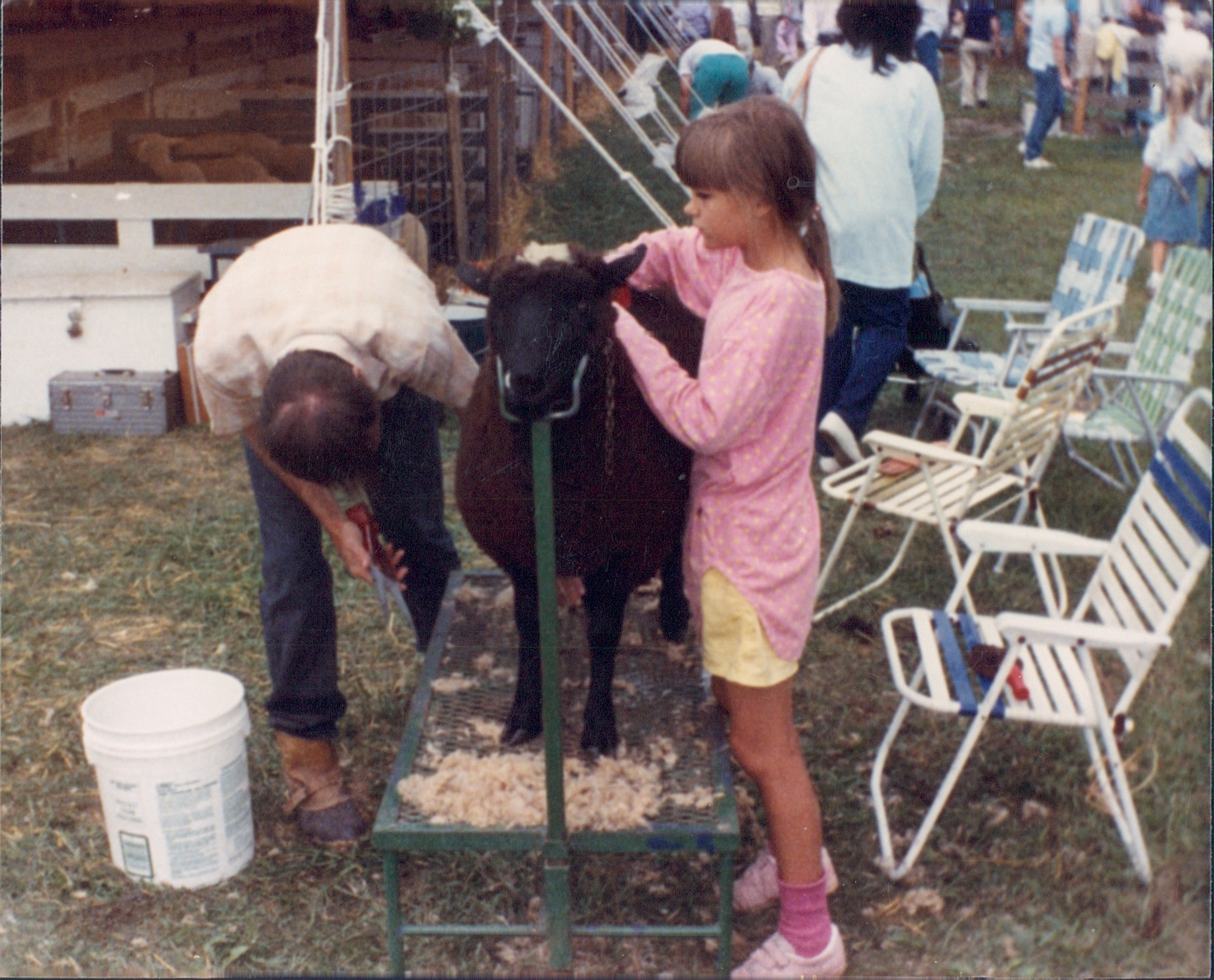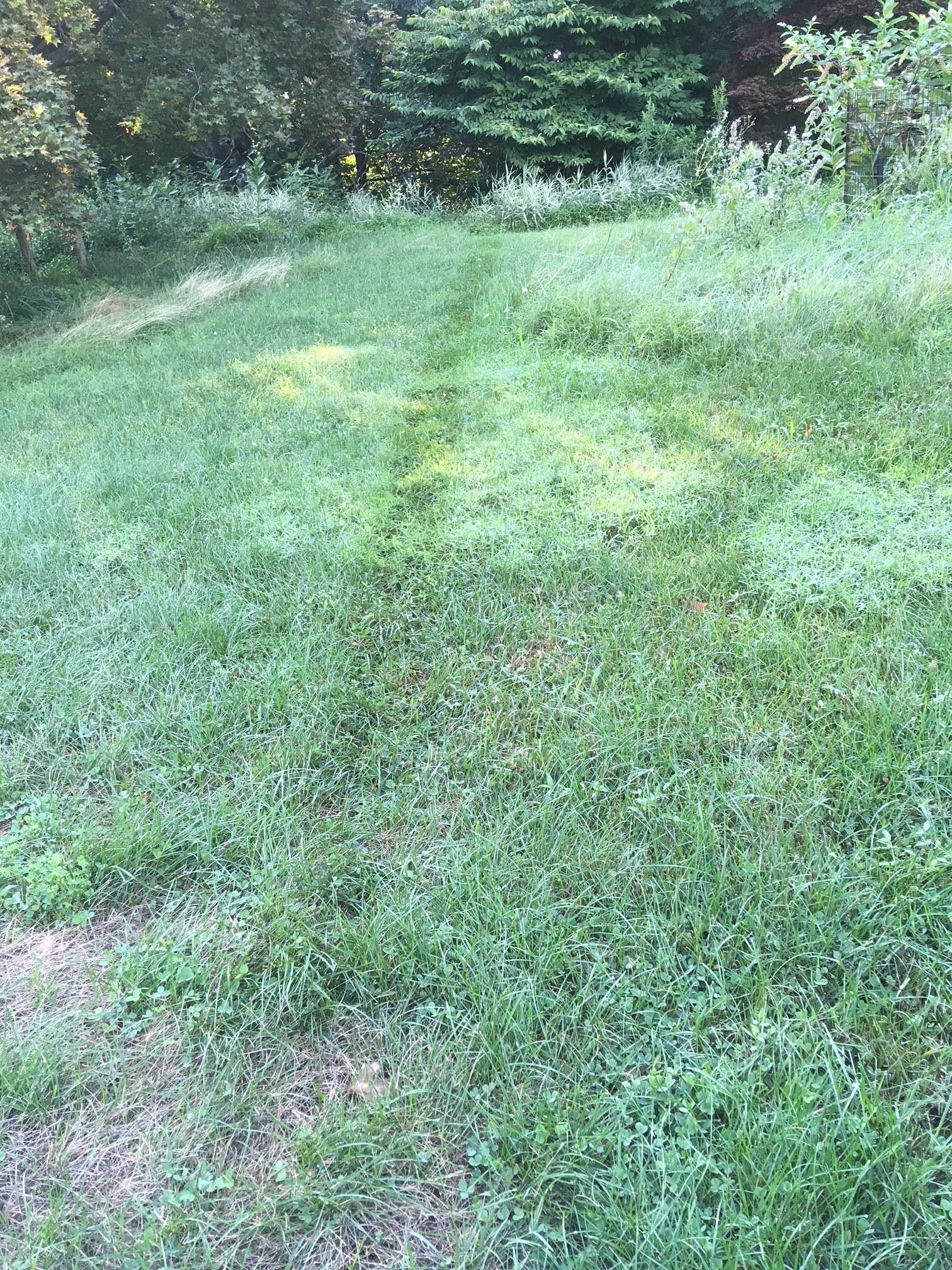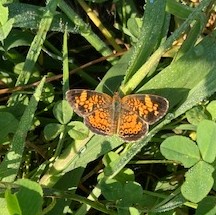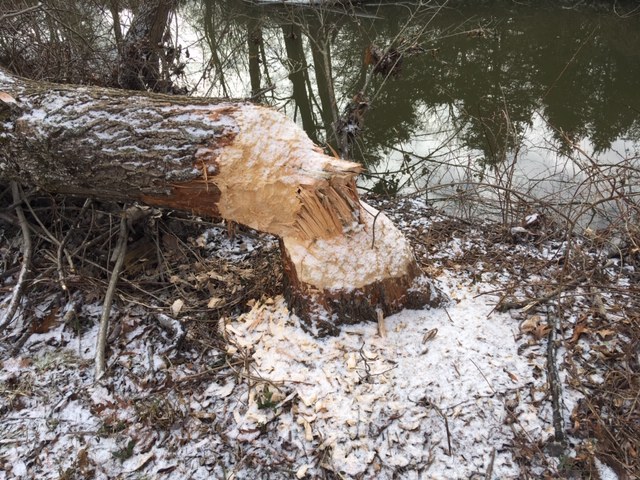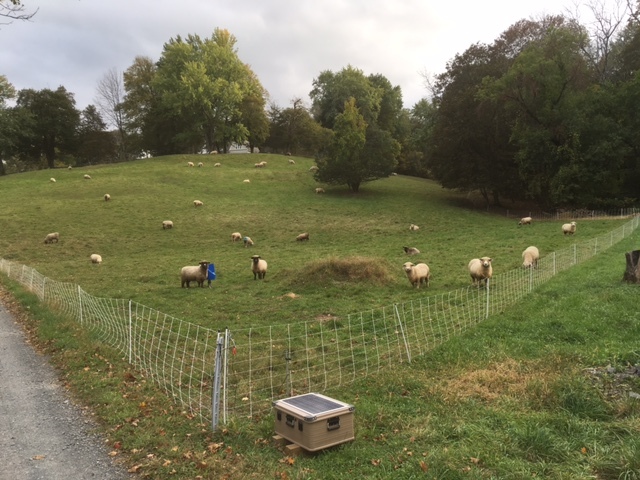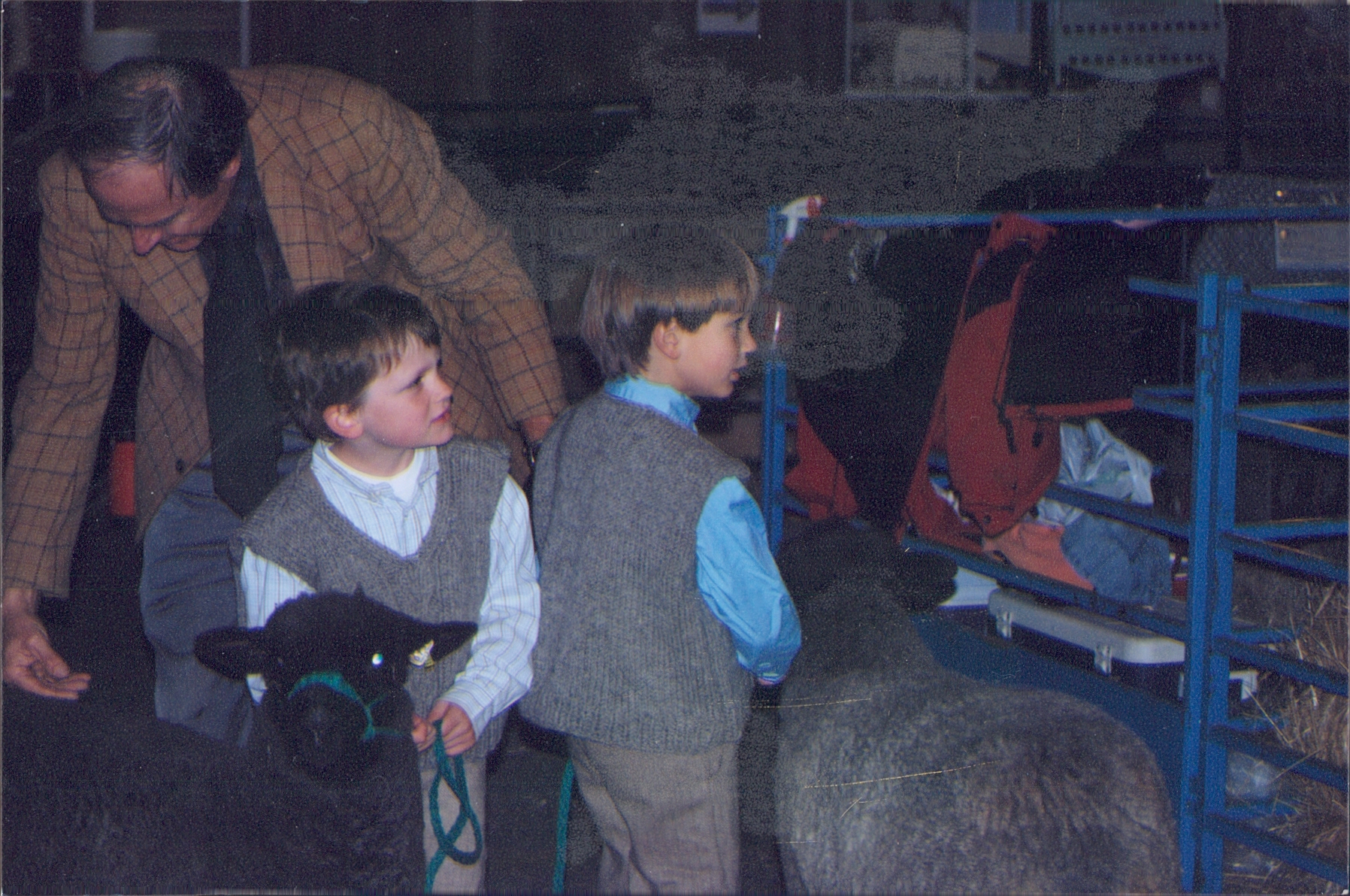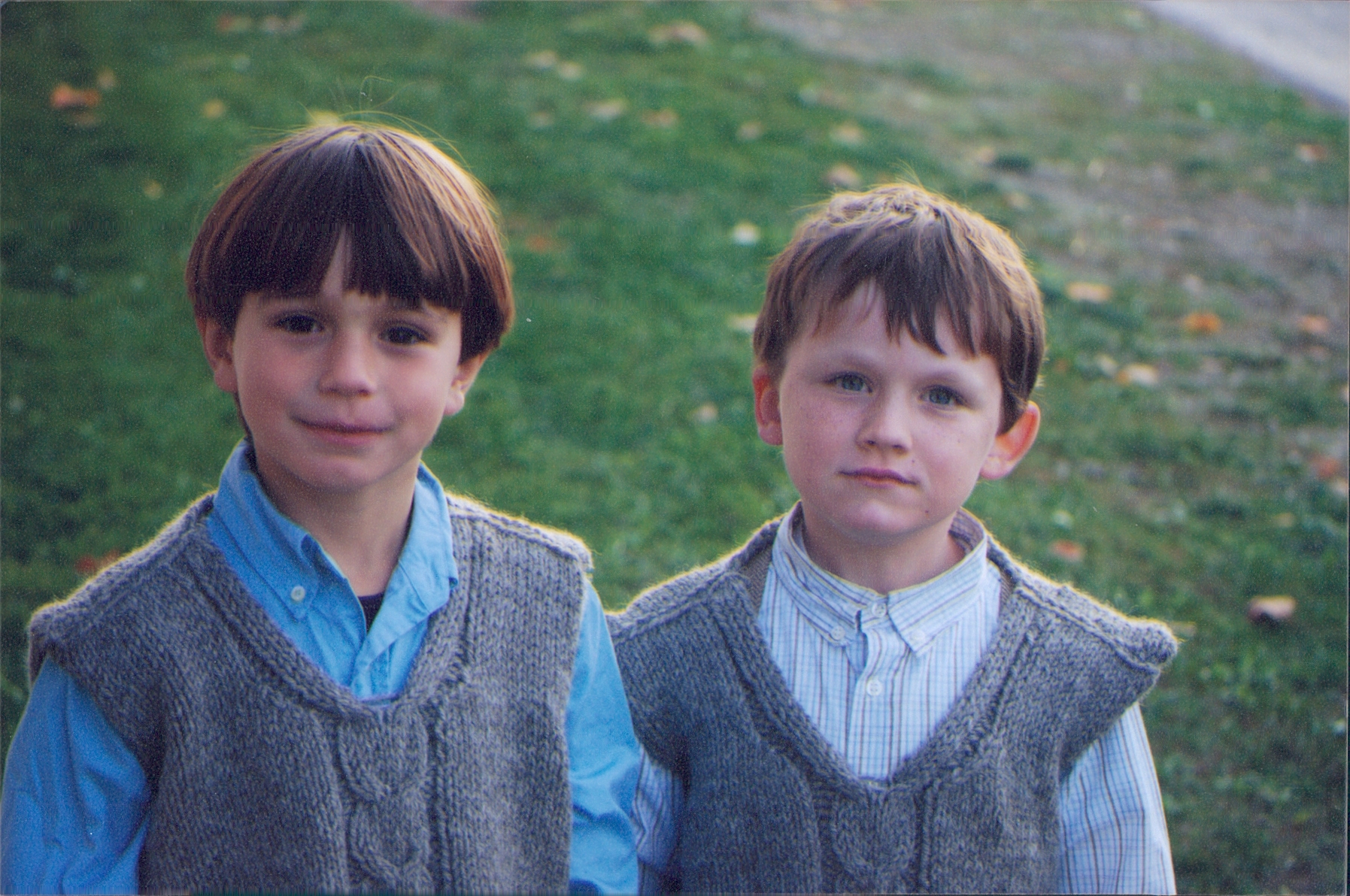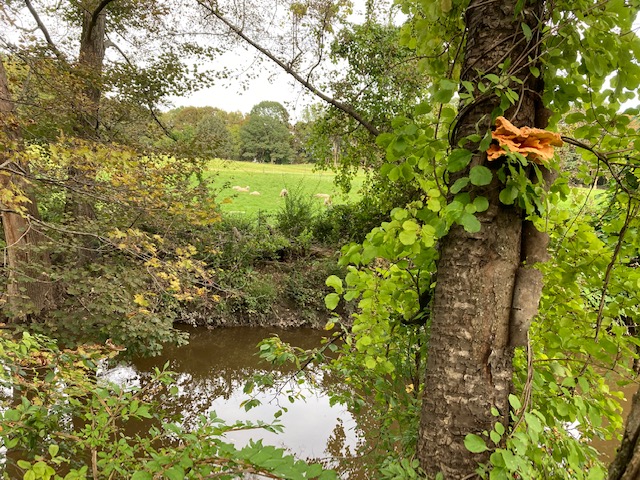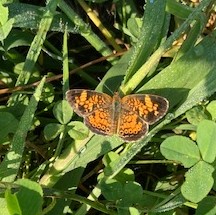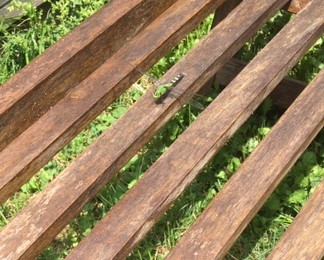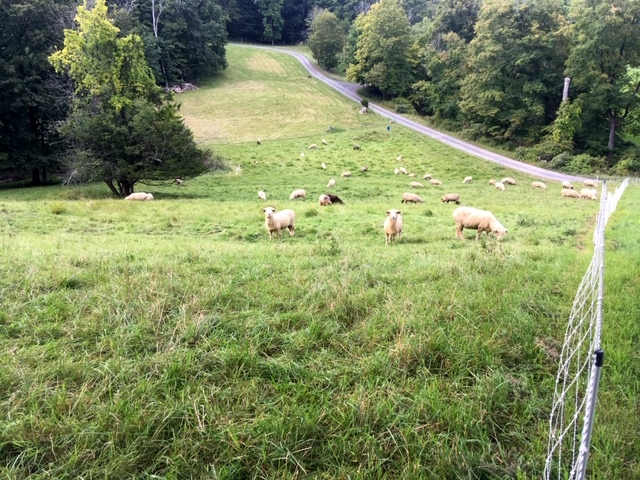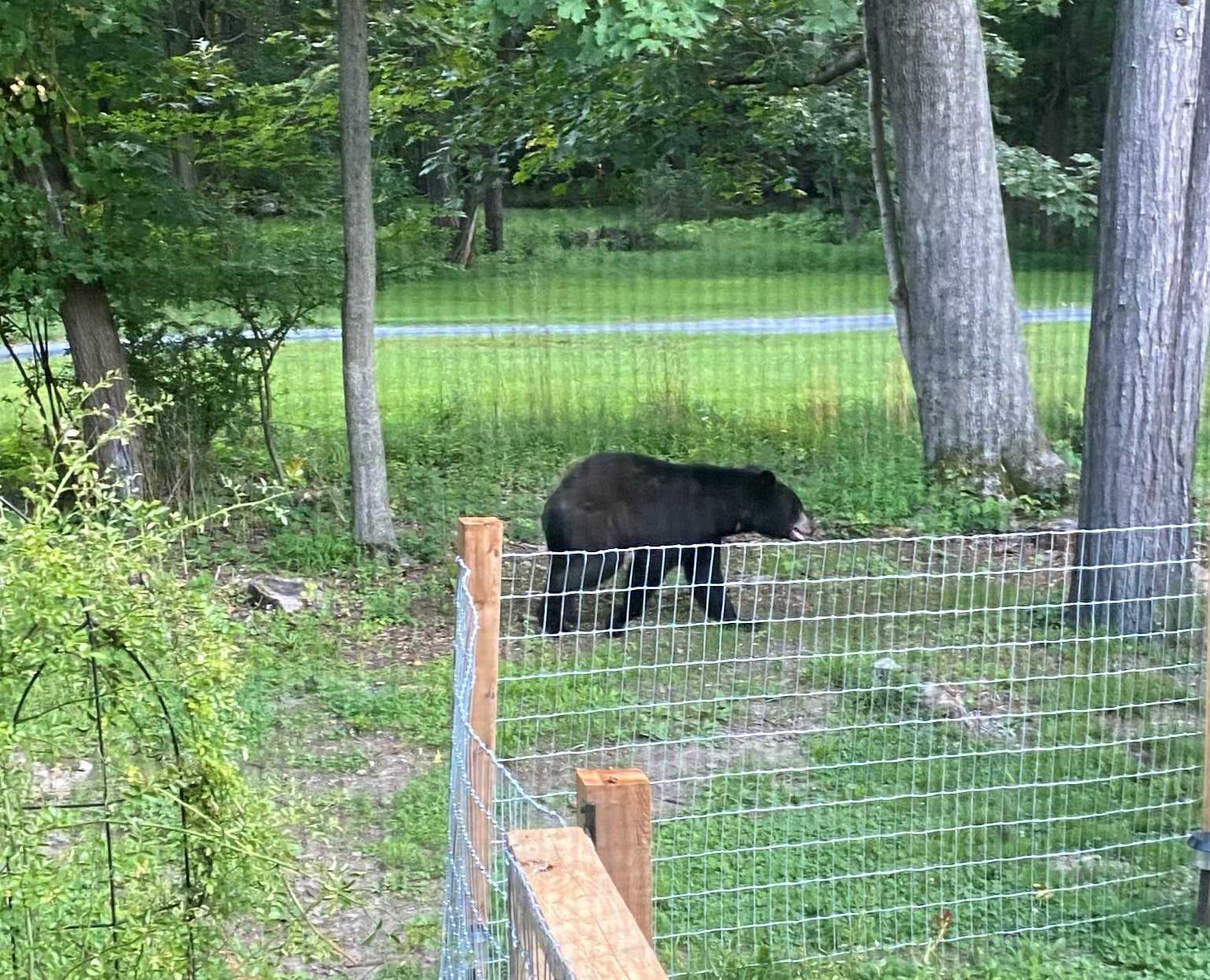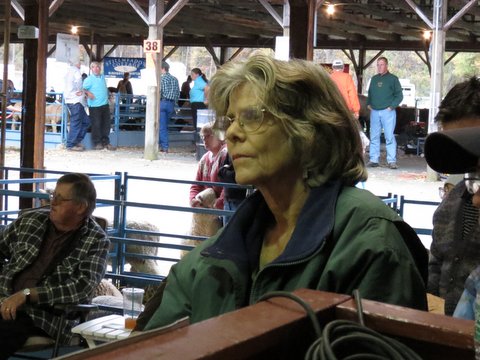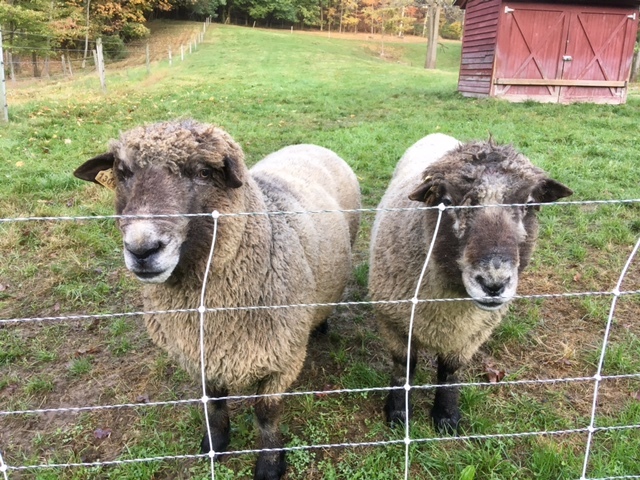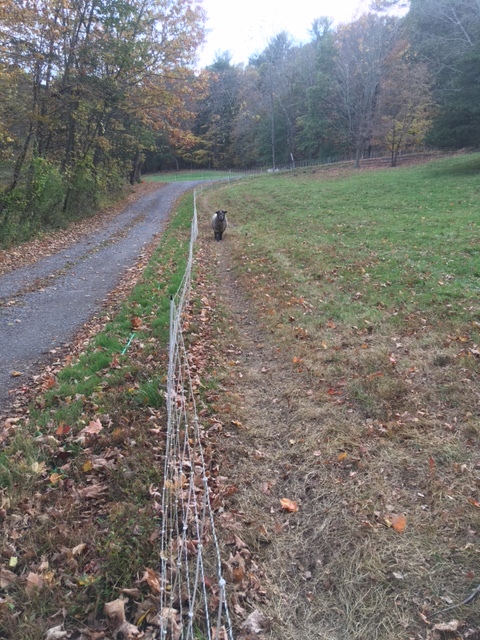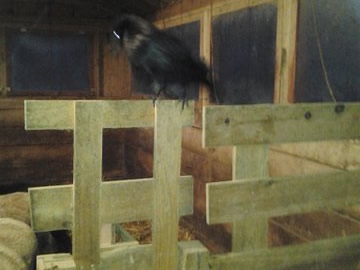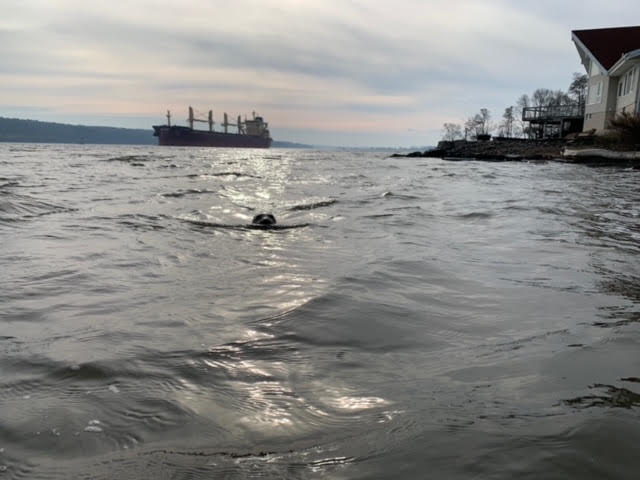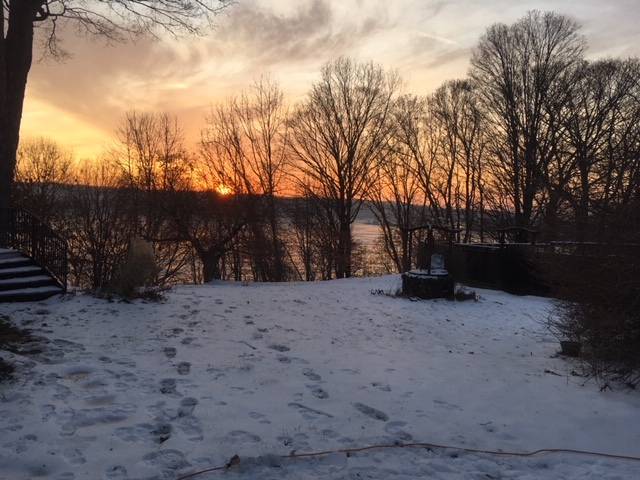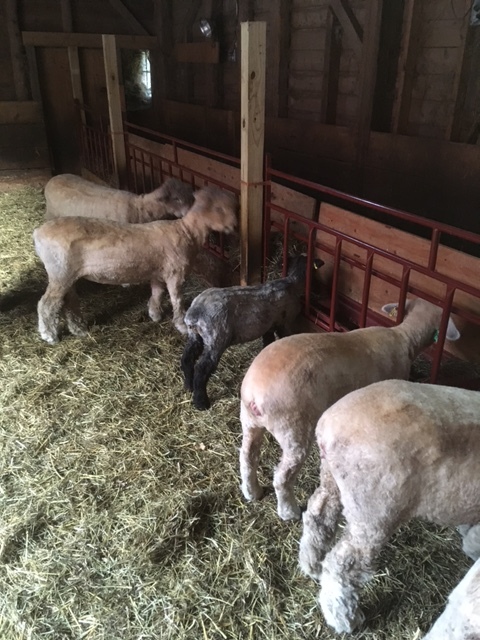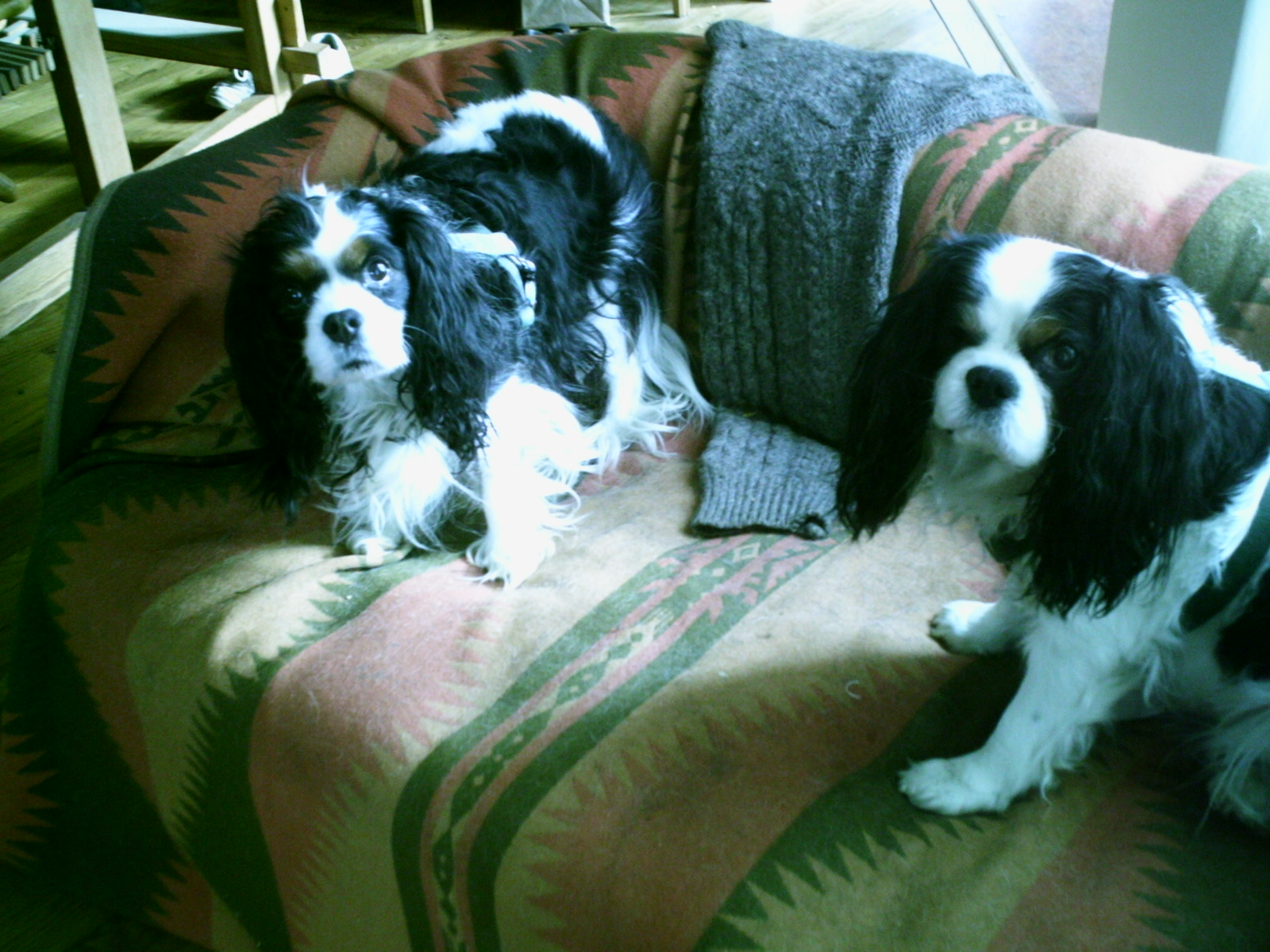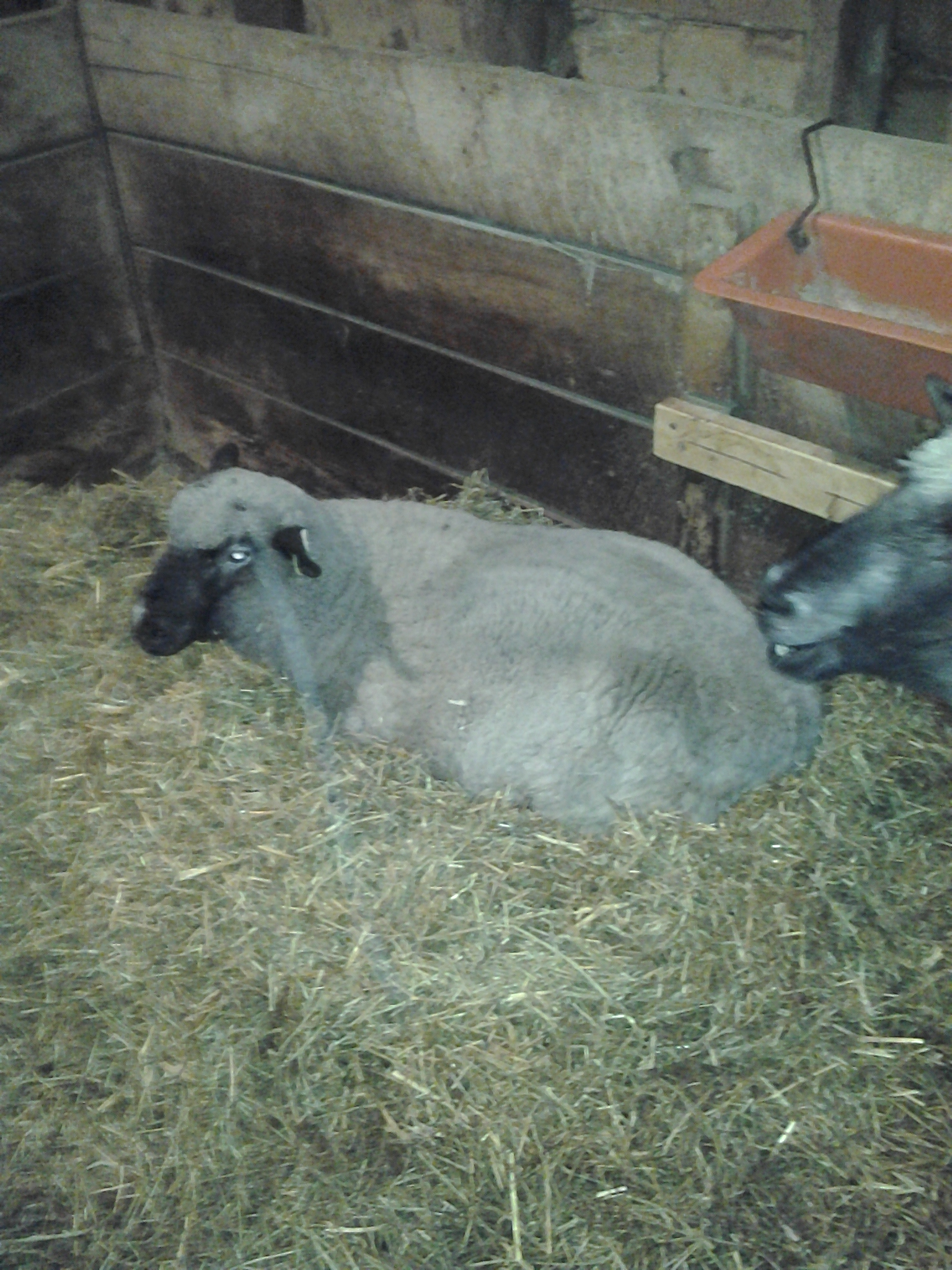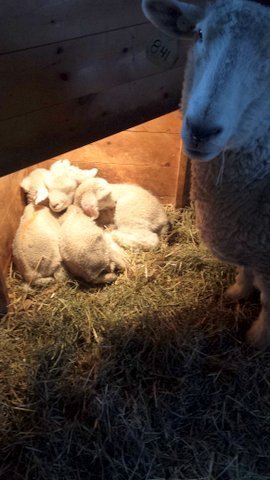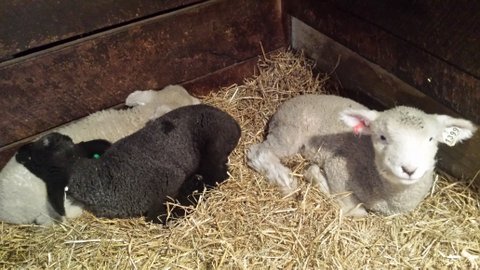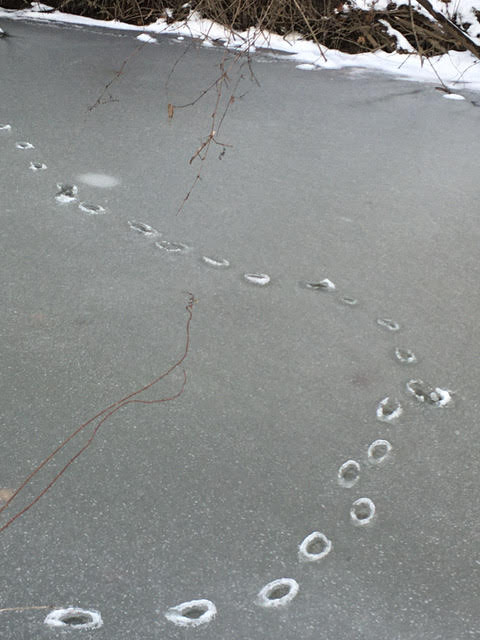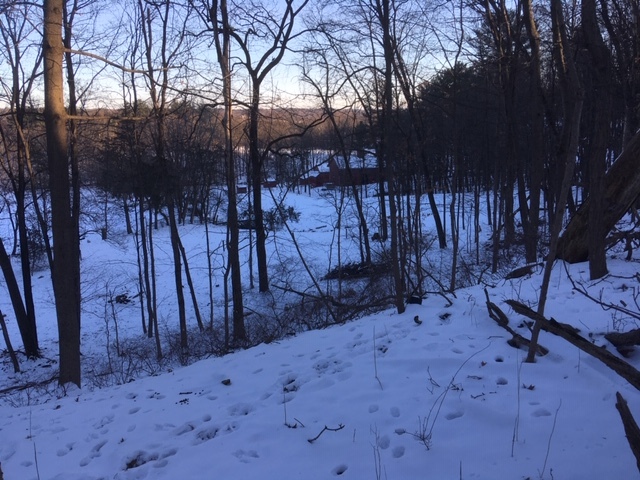Home
Anchorage Farm, Saugerties NY, Registered Romneys
Our mission is regenerative agriculture in the Hudson-Catskills region with purebred Romney sheep — the world’s most important dual-purpose breed.
Our vision is to cherish the whole web of life from micro to macro on this 250 year-old riverbank farm as we raise superb Romneys on grass for the 21st century.
“Mother earth never attempts to farm without live stock; she always raises mixed crops; great pains are taken to preserve the soil and to prevent erosion; the mixed vegetable and animal wastes are converted into humus; there is no waste; the processes of growth and the processes of decay balance one another; ample provision is made to maintain large reserves of fertility; the greatest care is taken to store the rainfall …” Sir Albert Howard An Agricultural Testament p. 4
The slide-show is a seasonal sequence through 12 months , though not all images are from the same year. You can advance or go back by clicking on hard-to-see arrows halfway down each side.
Our goals
- true dual-purpose sheep
- flock fertility above the breed average
- uniformity of fleeces within and between animals
- improving the breed from within
- Romneys that will thrive on grass with minimal chemical drenching
- great effort to minimize carbon footprint
- keep the farm as an improving ecosystem
- soil health (high organic matter content, thriving underground biota, minimal erosion as splash, sheets or gullies)
- human and animal health and safety
Some objectives set years ago:
- wean 1.6 lambs for every ewe exposed
- sell >500 lbs of fleece/year direct to handspinners or yarn mills
- have >10% of lambs each year that are “recessively colored”
- flock free of ovine progressive pneumonia and caseous lymphadenitis
- high ethical standards
- no major accidents causing inability to work
As of September 2025, self-assessment has us handily meeting or exceeding numbers 2, 3 and 4. On #5, we think our ethical standards are high. We’re open as always to comments to sqs1(at)columbia.edu. A hard look at the first-listed objective (see sheep health pages) reveals that in the eleven years 2014-2024, the desired 1.6 ratio was bettered only three times. In 2025, however, it was 1.71. This is a very conservative statistic, but we will keep using it as a benchmark while also tracking other ones like average litter size at term. Each of these stats has has meaning for planning and for self-evaluation. On #6, Cameron Pedigo, our manager then, hurt his arm in spring 2024 but carried on steadfastly with full days and recovered.
New section Sept 8 2025 Big bumps have appeared on the road to “regenerative” The text below starting with As the climate … was posted some months ago. It’s relevant to who we are; so, it will stay on the website as a snapshot of hopes and ideals. It’s out of date, though, in that in 2025 our ambitions of being able within a few years to raise grass-fed purebred Romney lambs on minimal amounts of chemical treatments met with big reverses. The combined pressure of coccidiosis and gastro-intestinal nematodes forced us back to feeding medicated pellets through the summer instead of all grass. We had to de-worm every lamb with three types of dewormer (not all at once) rather than selectively de-worming a portion of the group so as to create desirable refugia for non-resistant worms.
Much of this year’s setback was due, I think, to my (Stephen’s) unilateral decision not to start the lambs on medicated pellets as we’d done for many years. Bad idea. They weren’t ready for the coccidiosis endemic in our perennial pastures, the GI impact of which may have made them more vulnerable to nematodes. Rhonda’s caring brought a lot of worthy lambs though the crucible (see the for sale page).
We have not given up on “regenerative practices” nor on “ecosystem services,” but will have to modify our future approach to grass feeding.
As the climate emergency worsens, we have changed course. We want to better the farm’s greenhouse gas balance sheet * and, more important, to enhance the ecosystem services** its 61 acres offer to the larger community. These objectives overlap. We aim to phase out out buying fodder grown where neonicotinoids or glyphosate are routinely used or can’t be ruled out.
These resolutions don’t mean we plan to be “full organic” in five years. We’ve set no timetable, for example, to markedly reduce use of chemical dewormers, desirable as that would be for soil and animal health. We did start towards that in 2024. Here’s why:
In October 2023 a sheep brought in May 2023 from another farm died here, thin and too weak to stand steadily. The vet attributed death to malnutrition from resistant gastro-intestinal nematodes (GINs). We took this loss as a sentinel event impelling action to combat the global pandemic of drench-resistant parasites. In Jan 2024 we began a plan, with the help of our vet, Dr Ferguson, to get much more targeted in drenching. Stephen is now competent in doing fecal egg counts for Strongyles (family Strongylidae), comparing our at-home results with those from the lab at Cornell. In 2024 Cameron, the manager at the time, learned FAMACHA as well, though it’s pretty specific for Haemonchus, the worst of the very pathogenic Strongyles.
To further these ambitions, we bought late in 2023 a white Romney ram born in 2022 at the Kikitangeo South stud in Fairlie NZ. Kiki South was formed recently by the Giddings family at Meadowslea, a Romney stud established in 1929. The purpose of the new stud was to further in the South Island the work of two North Island studs that had put decades into breeding purebred Romneys with ever-greater innate resistance to gastrointestinal worms and to foot problems and to facial eczema. These are Kikitangeo, founded in 1922 and Waimai, at which the Romney stud began in 1956. When “Kiki” dispersed in 1920-21 after Gordon Levet had operated it for close to seventy years, Dr George Giddings bought 130 ewes and in 2024 established the Kikitangeo South prefix in the Romney New Zealand section of the New Zealand Sheep Breeders Association. KKS 7084/22 lives on his home ground in Fairlie for good. We imported 330 straws of frozen semen in August 2024. On October 8, Dr Gately and the Tufts team did laparoscopic AI here on on 31 ewes, both white and natural-colored. On Nov 22, scanner Nancy Minitur called most of them pregnant. As of March 24, birthings are almost over. More results on the sheep health page.
We intend to keep nearly all the 50+ lambs for long enough that we can see which ones are most resistant to the worm challenge of our summer pasture, then make those available for sale. We also offer frozen semen of KKS 7084/22 for sale in 2025 to Romney breeders across the country. Breeders of Romney composites may be included as supply lasts. e-mail inquiries to anchorageromneys(at)gmail.com. Price is now $55/straw FOB (Free on Board) at St Albans ME.
This ram’s score on DPF, the fecal egg count index computed by Sheep Improvement Limited, was 931 at sale time, which placed him in the top fifth percentile of more than 33,000 rams born in 2022 recorded with SIL.
Our thanks to the Giddings family at the Meadowslea stud, who are perpetuating and building the unique Kikitangeo line with the care and respect due it; to Gordon Levet, who established the line at his family’s Kikitangeo stud in Wellsford; and to Robyn How of the Tararua Breeding Centre.
Kikitangeo South 7084/22 at the Meadowslea Ram Sale, November 2023
A key element of our climate-smarter operation will be that our sheep get as much as possible of their feed from our own pastures. In a nutshell: improve pastures through adaptive paddock management with more trees, and feed grain only to ewes pre and post natally.
We will continue to uphold all the great qualities of purebred Romneys embodied in the American Romney Breeders’ Association breed standard and to nurture the heritage genetics of recessive color.
[*] Greenhouse gas balance sheet for a livestock farm is complex. To summarize, we make a case that even if the CO2 equivalent of methane is reckoned using GWP20, the farm may now be “carbon neutral,” because of its woodlands. To read more on our accounting methods and a discussion on methane, go to Greenhouse Gas Balance Sheet under News and Views.
Comments or questions may be sent to sqs1[at]columbia.edu.
[**] Ecosystem services are realized through
- carbon drawdown through woodlands and grassland soil
- encouraging biodiversity, with priority to native plants
- safe space for pollinators
- production of high-quality high-protein food
- production of high-quality natural fiber–wool
- preservation and improvement of healthy soil, “the gift of good land” (Wendell Berry)
The list is in no special order and not comprehensive.
For more depth and breadth, go to Ecosystem Services at Anchorage Farm
We have a new manager as of Jan 1, 2025 Click here to get acquainted with Rhonda Jaacks. She has hit the ground running, working closely with her immediate predecessor, Cameron Pedigo. Welcome, Rhonda!
.
